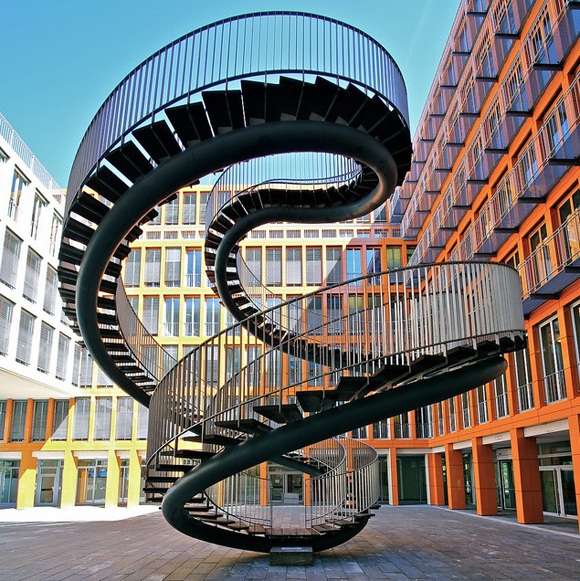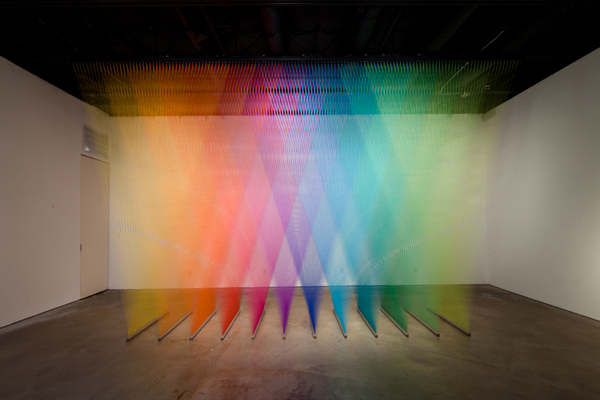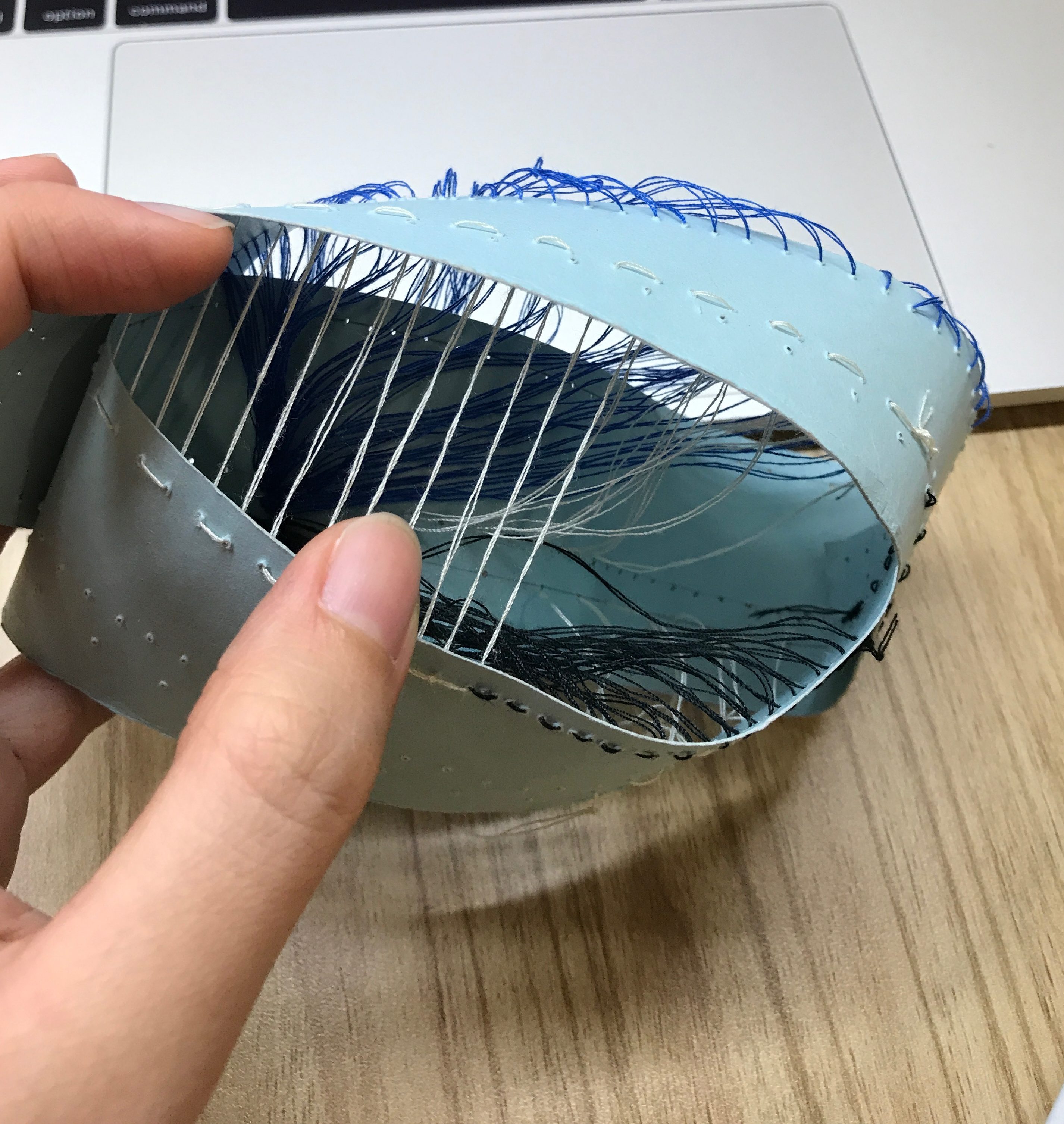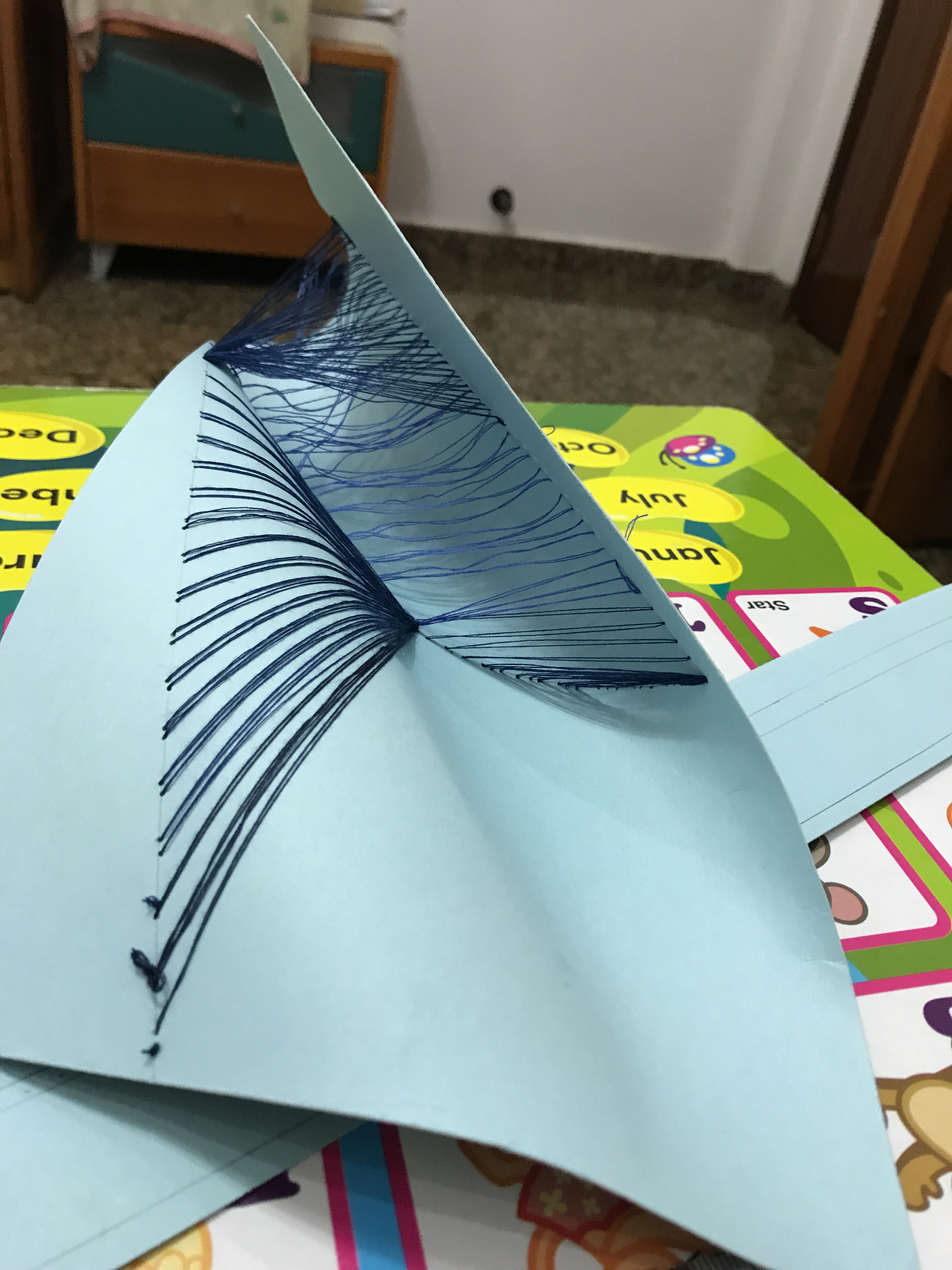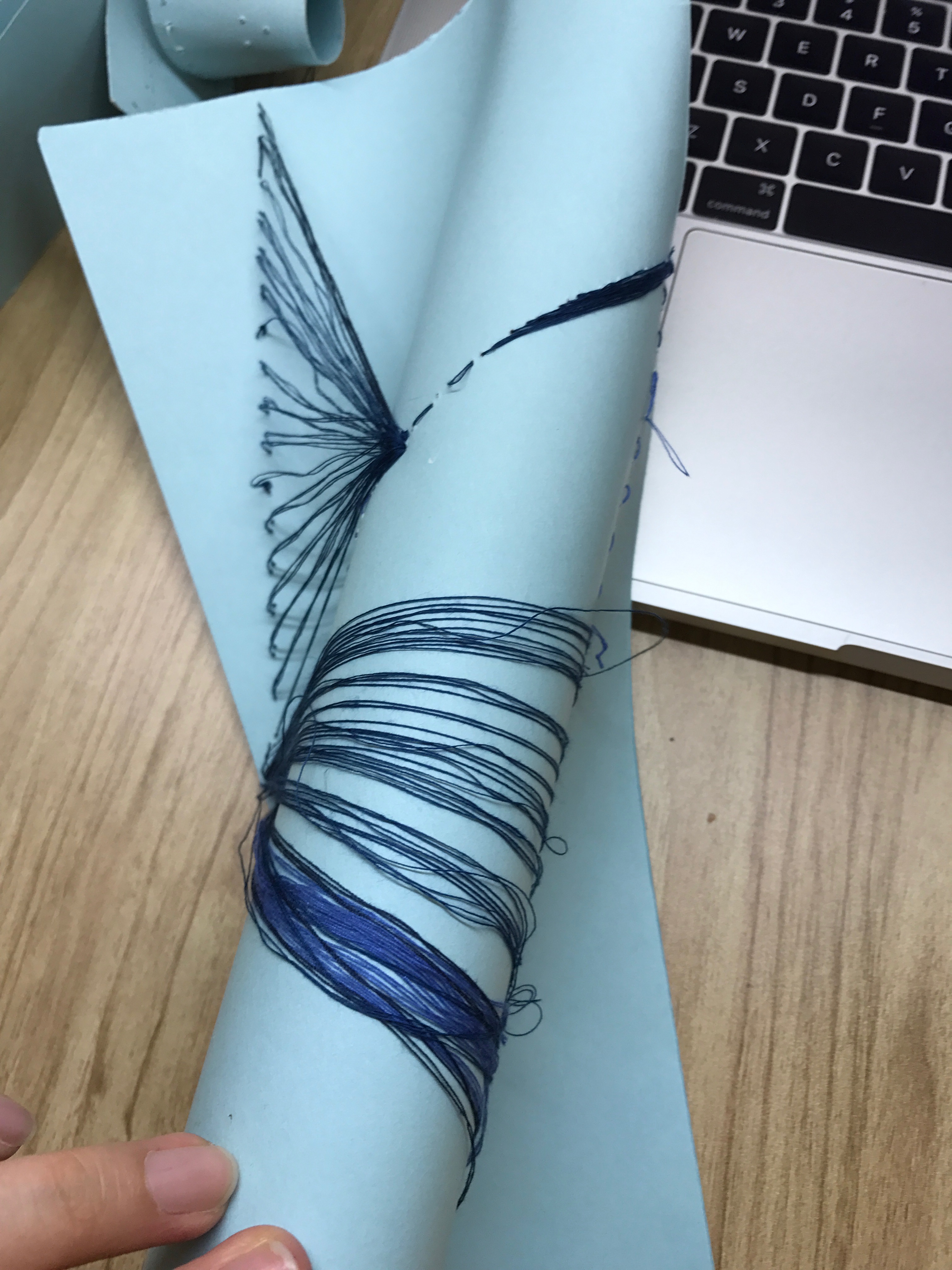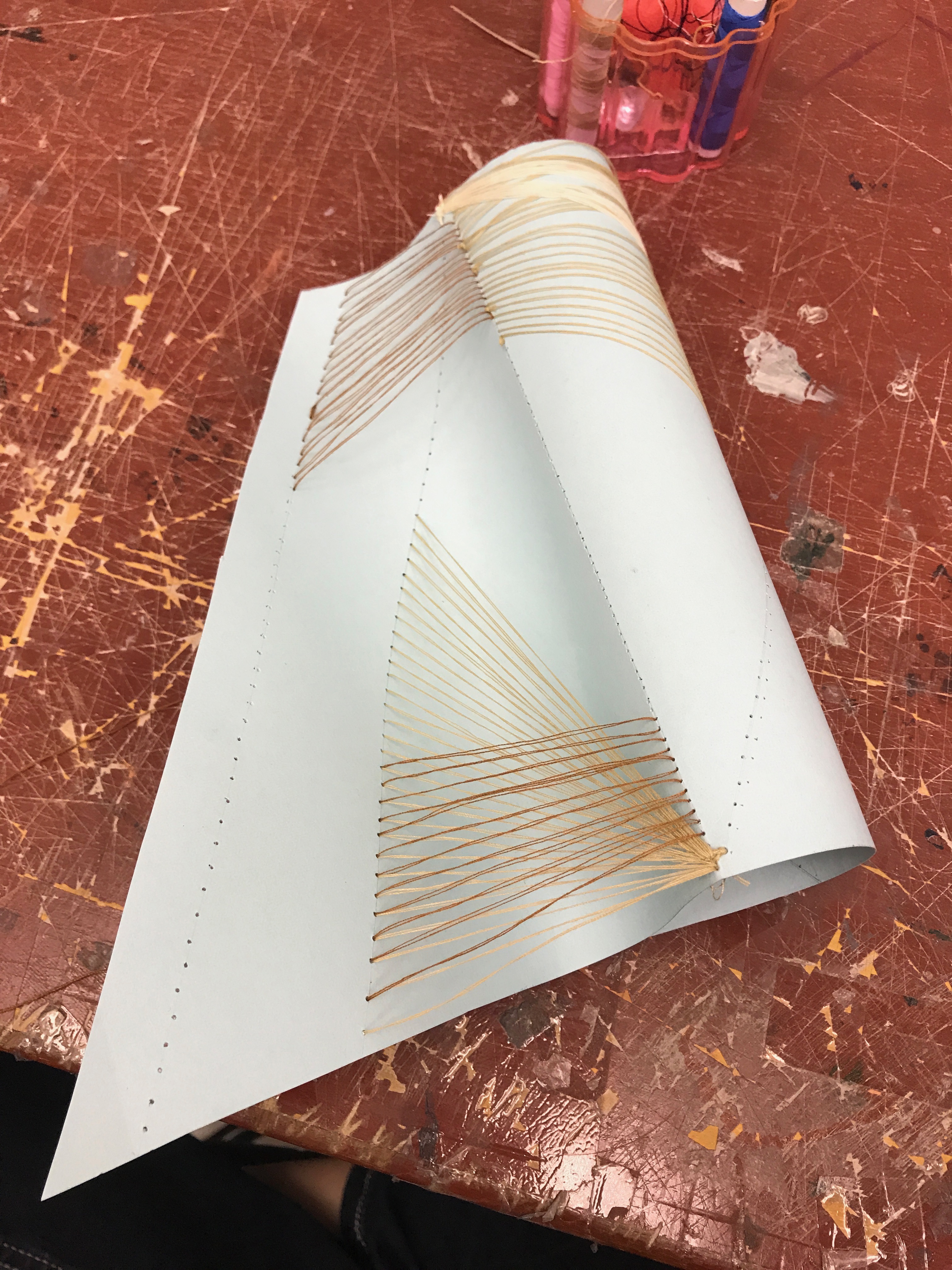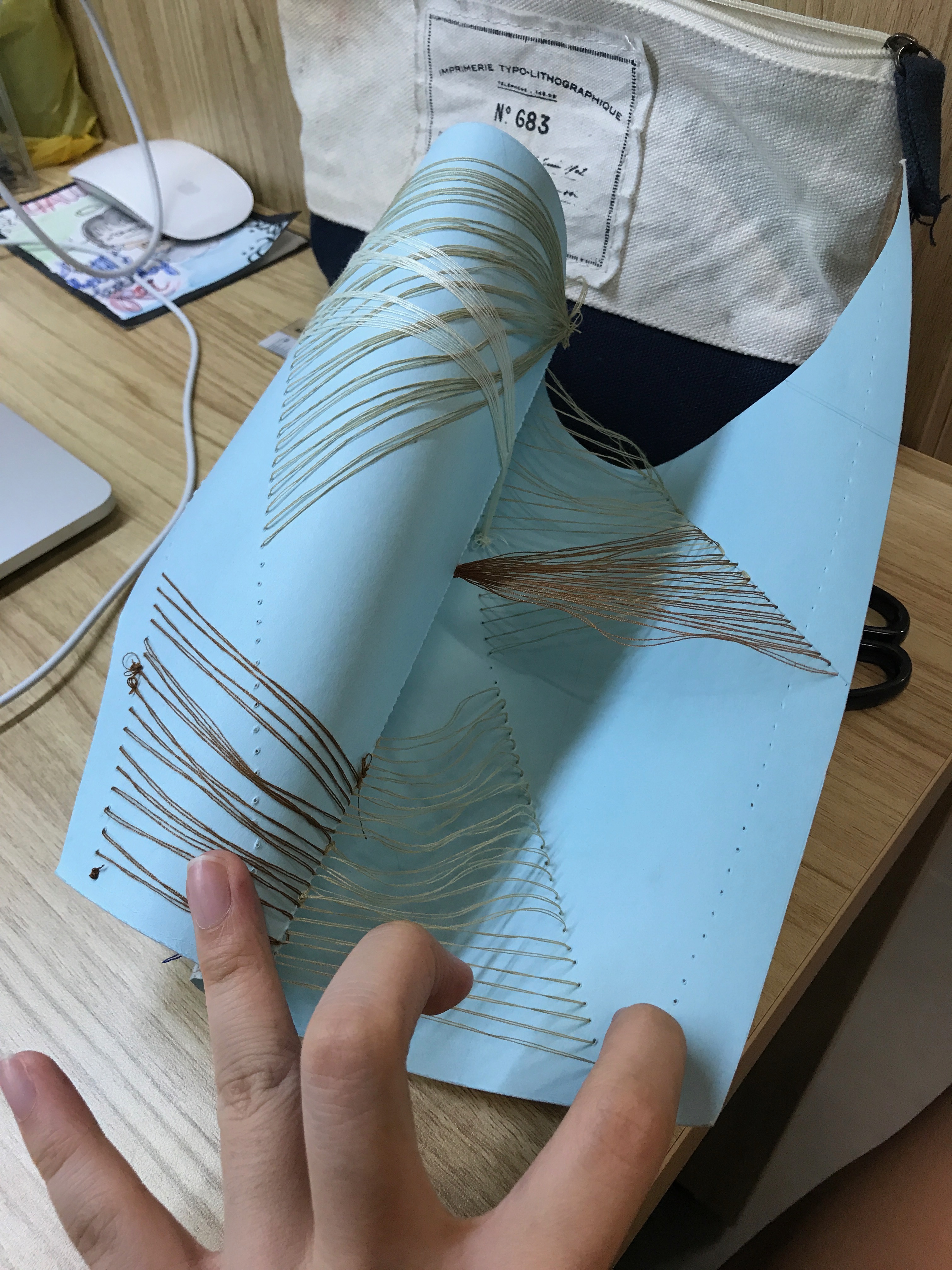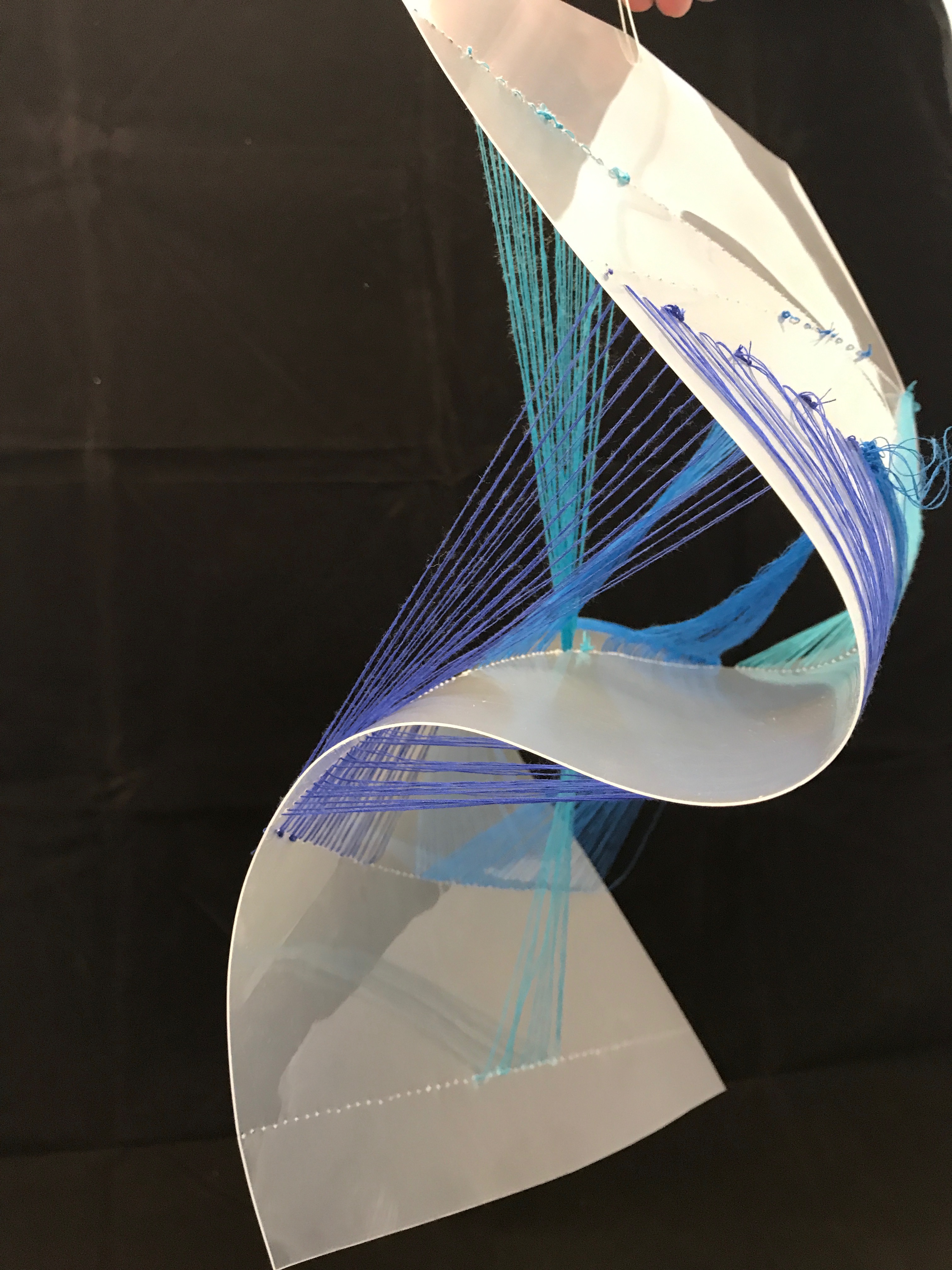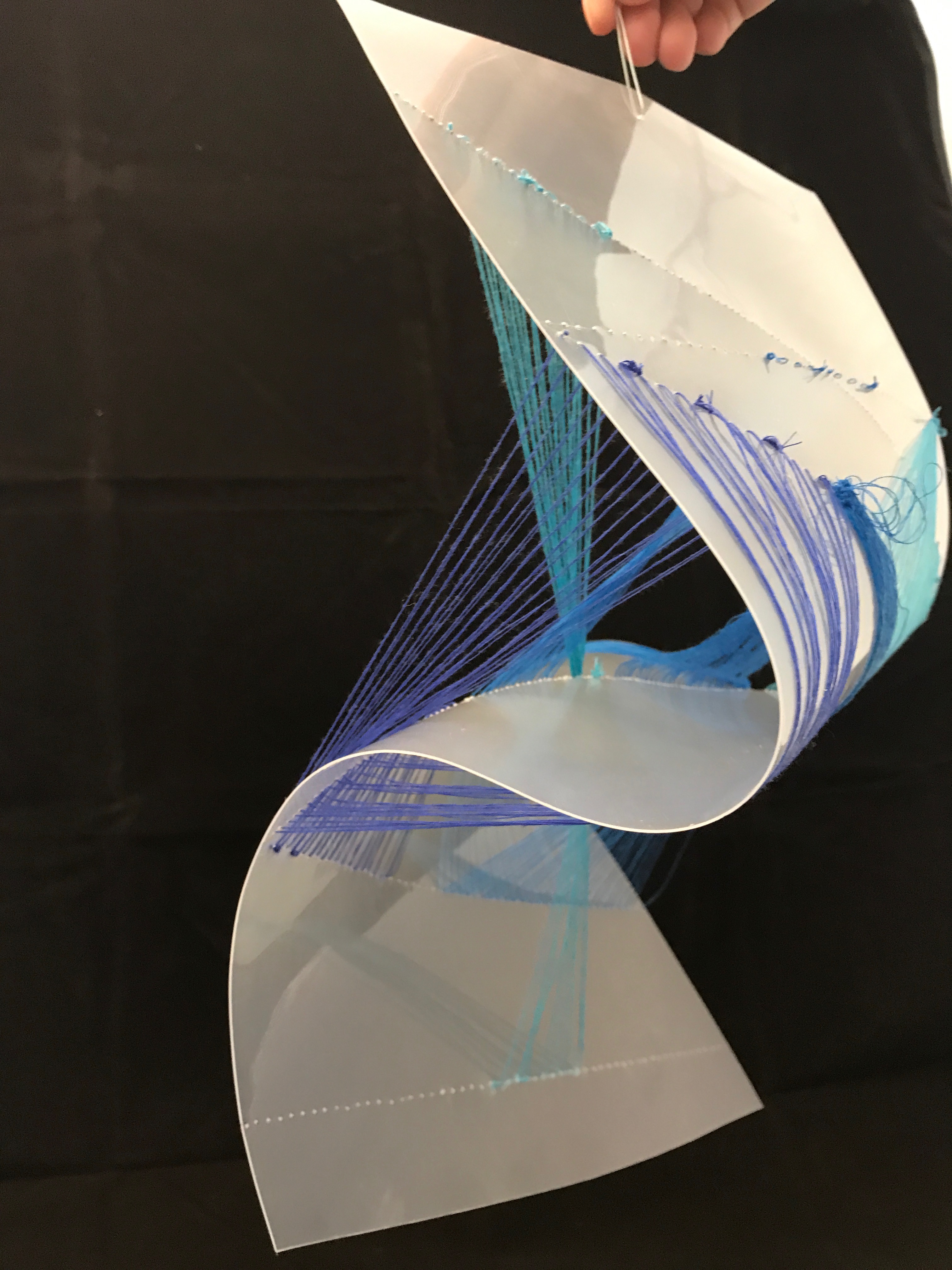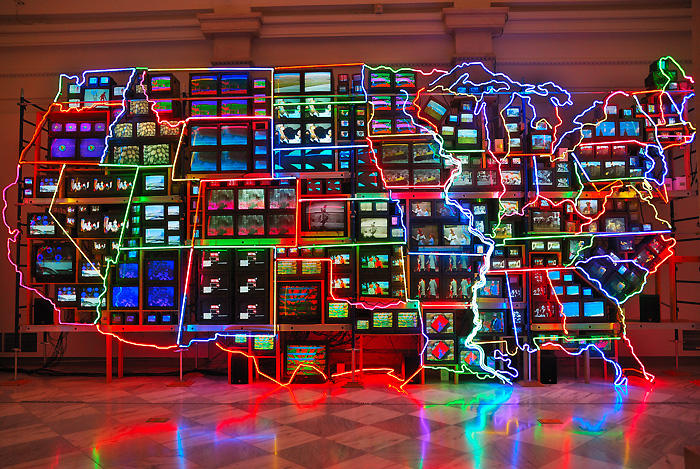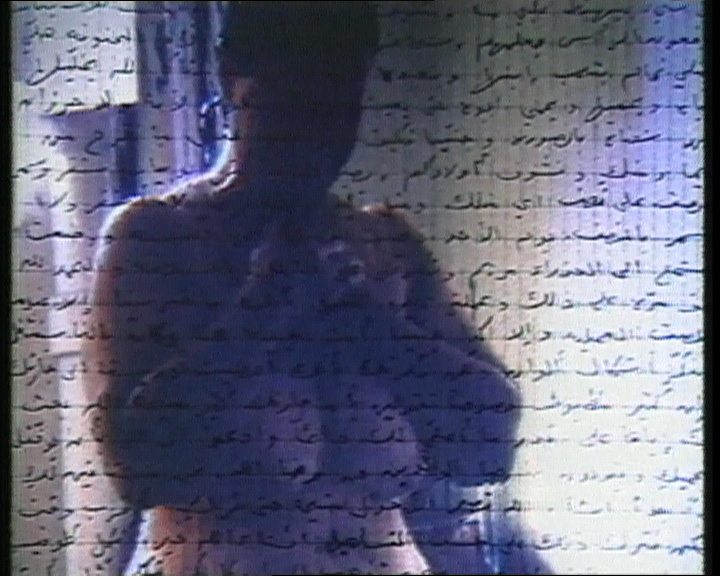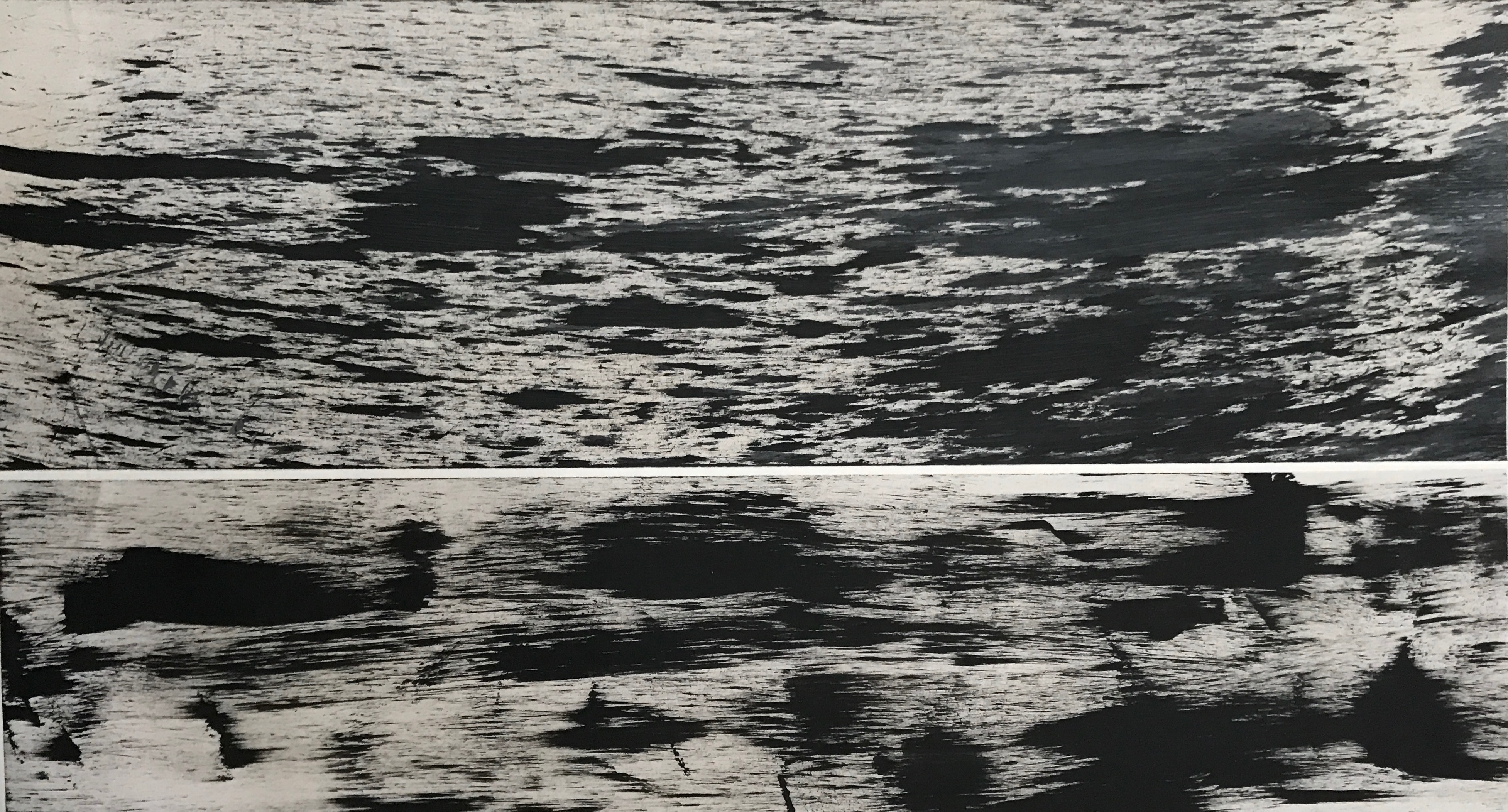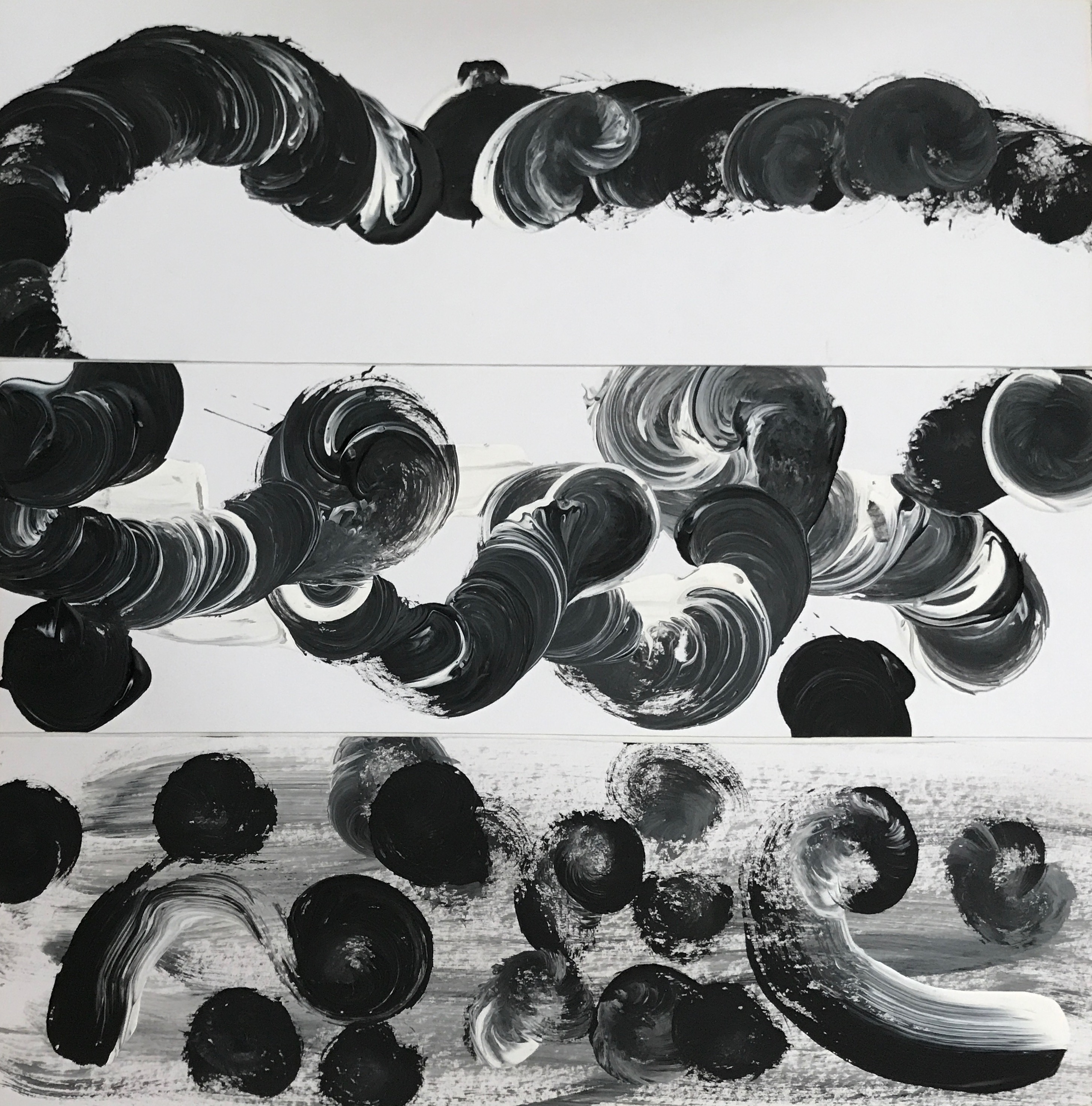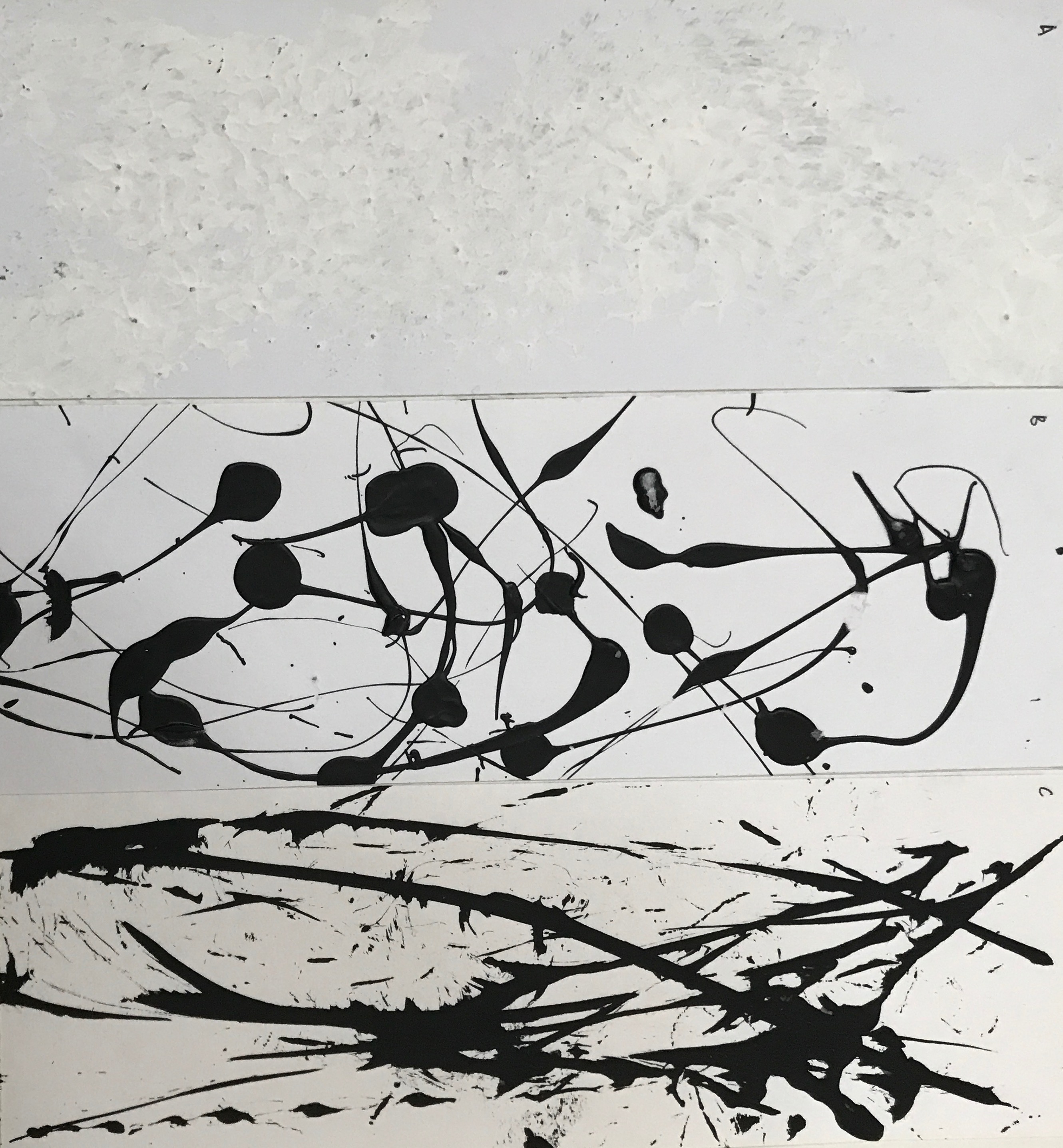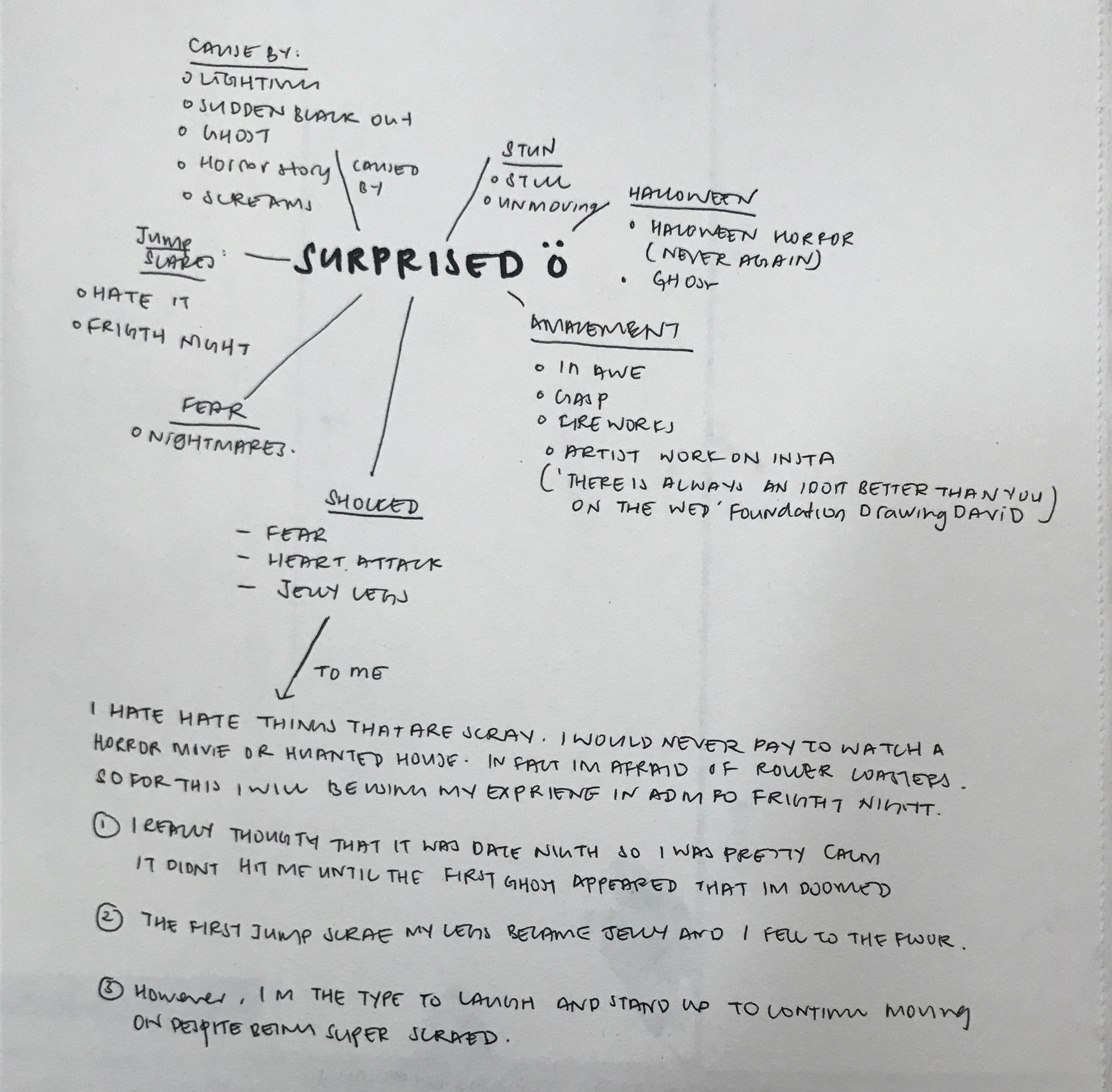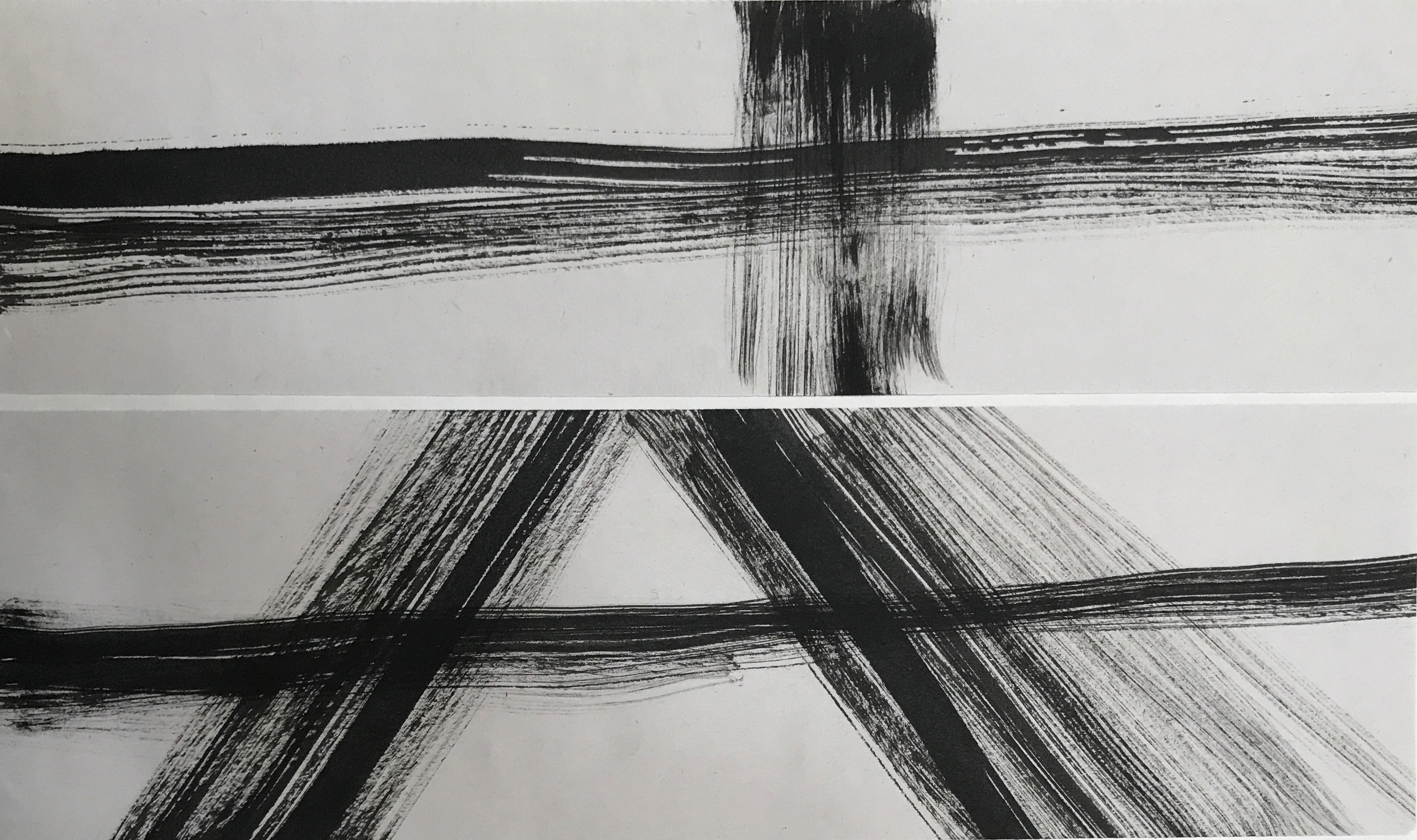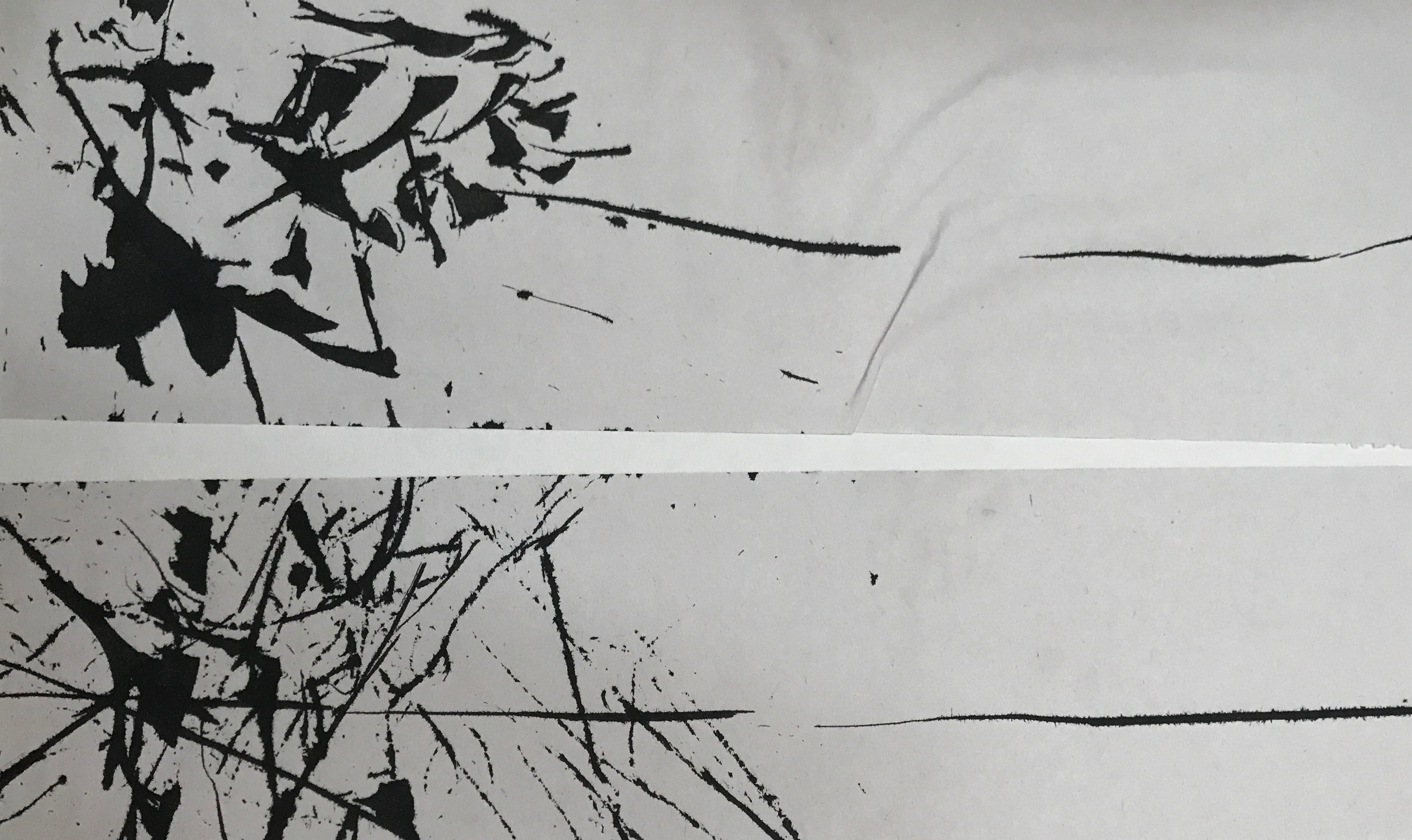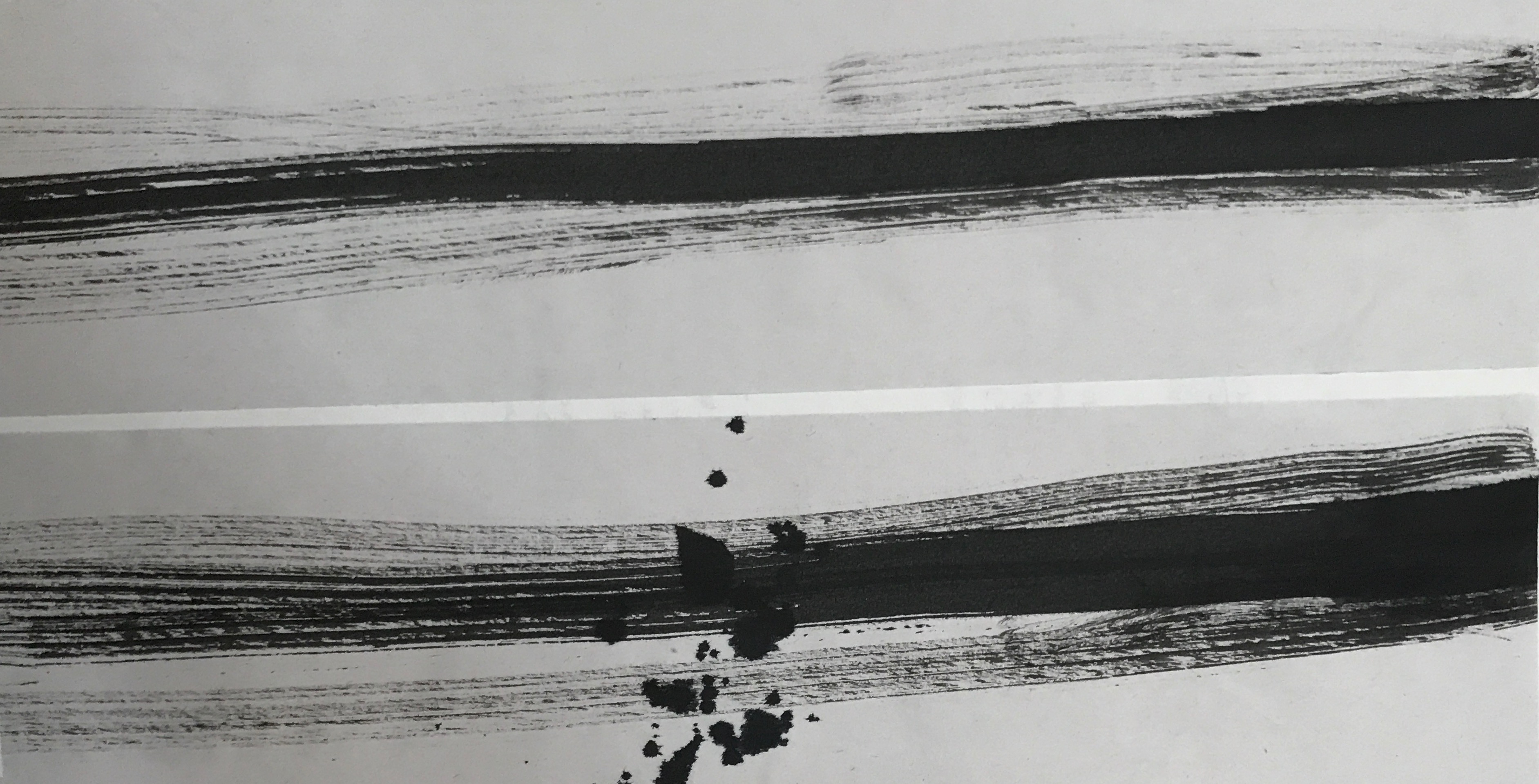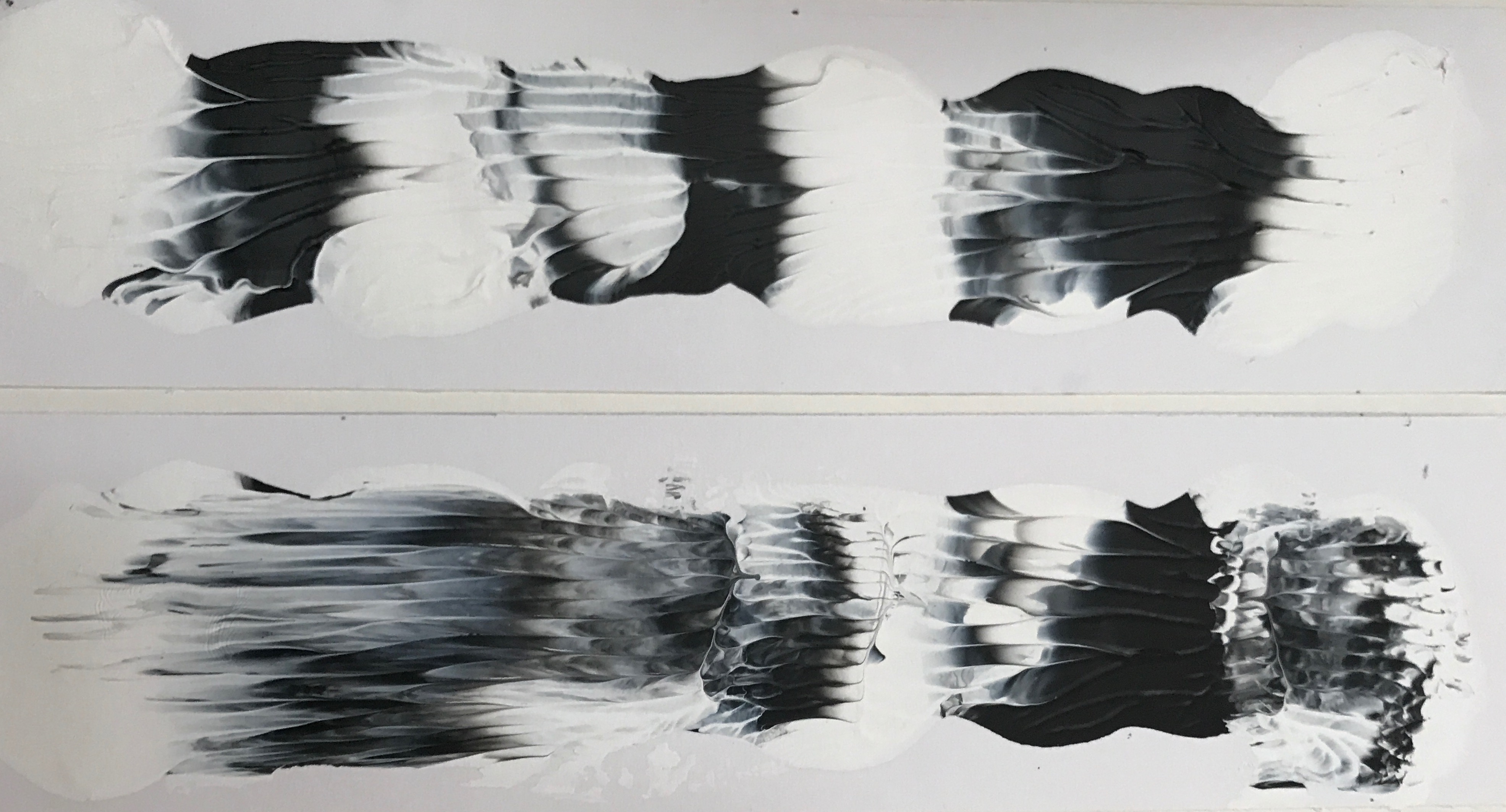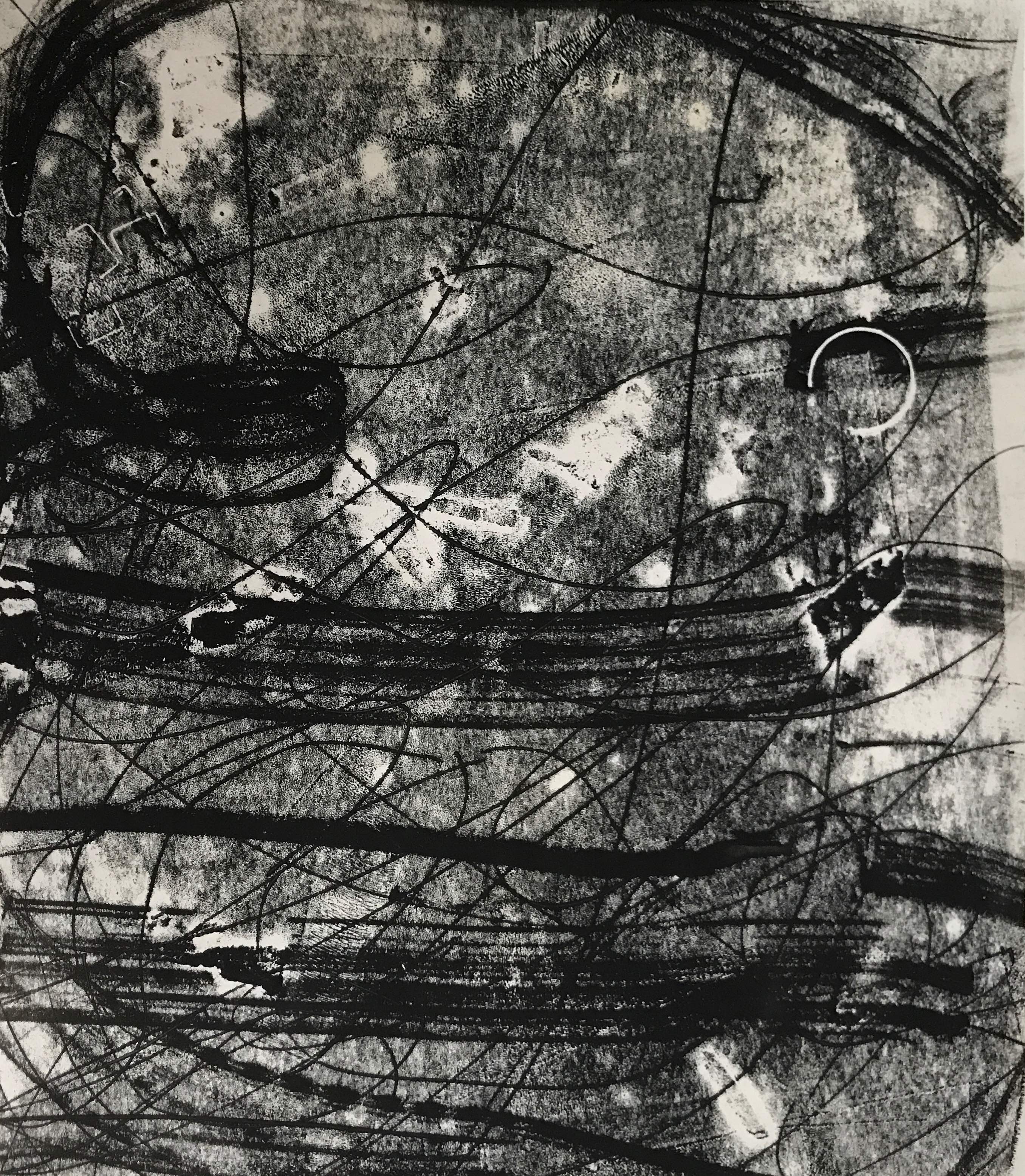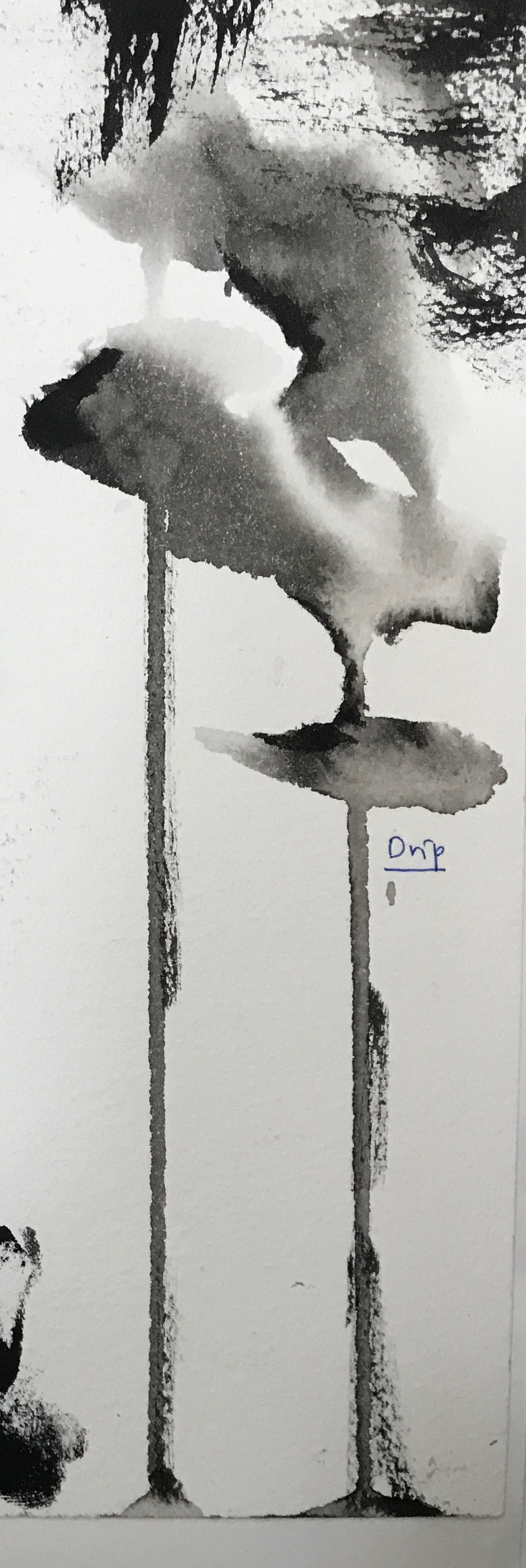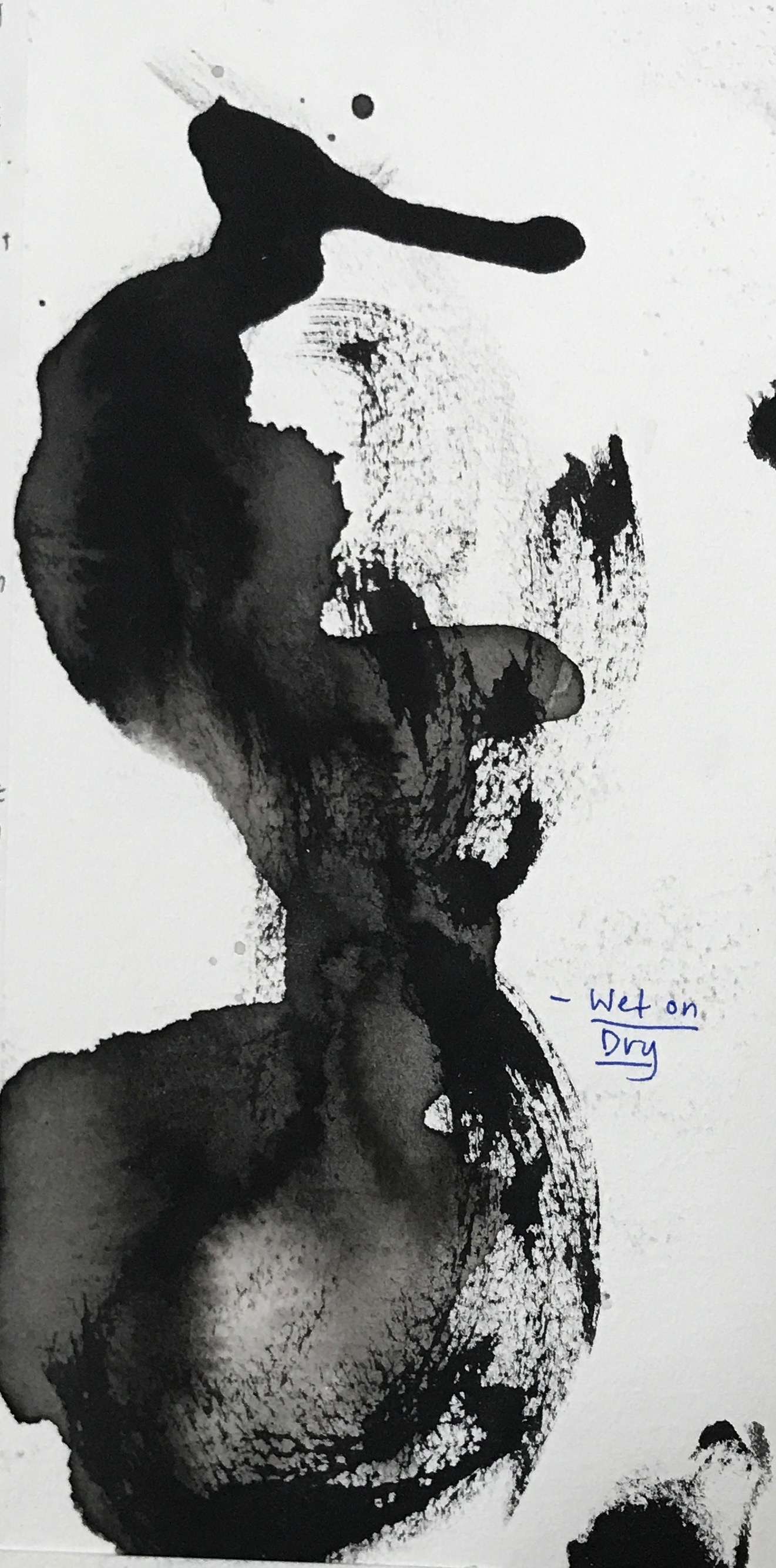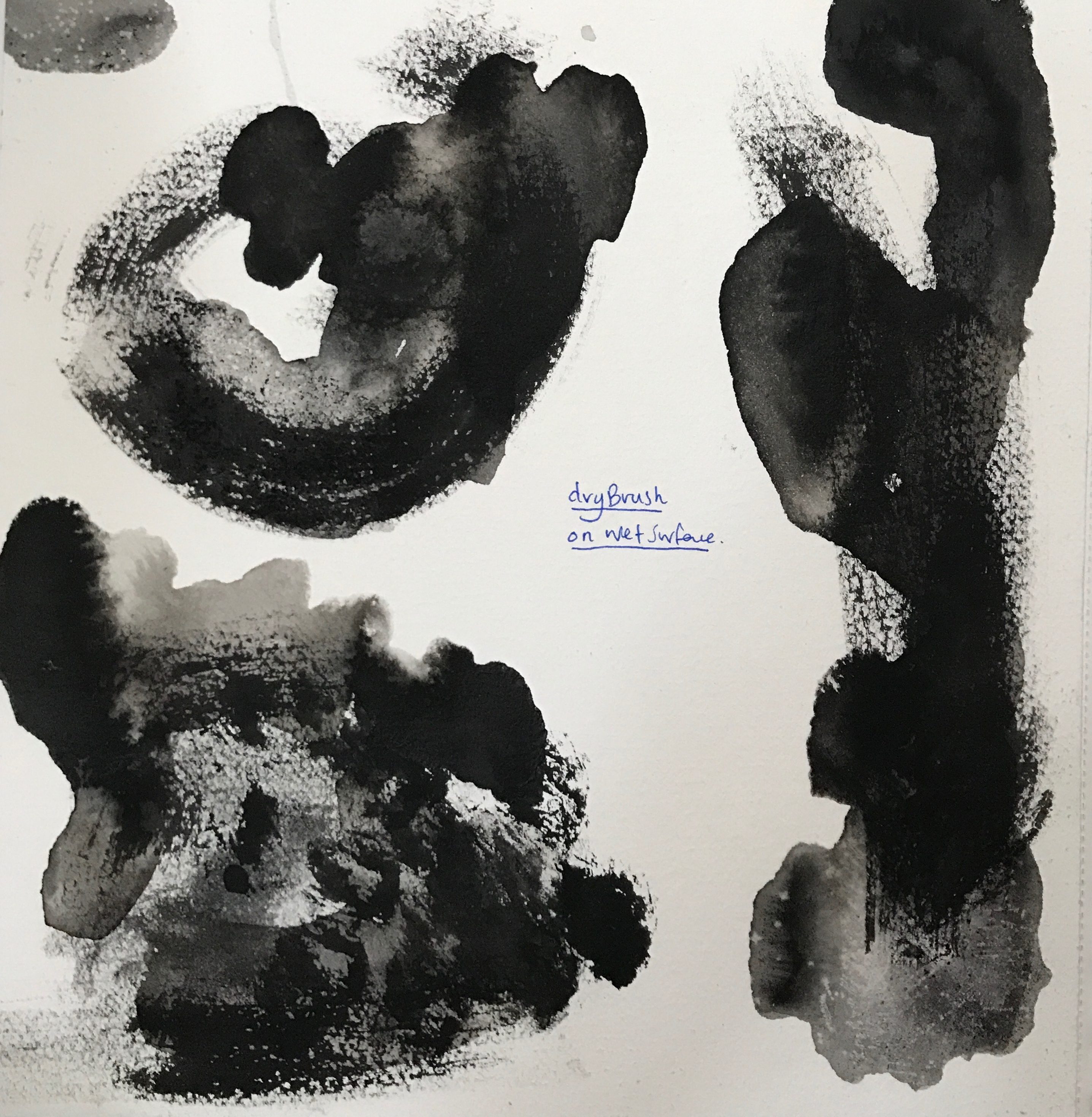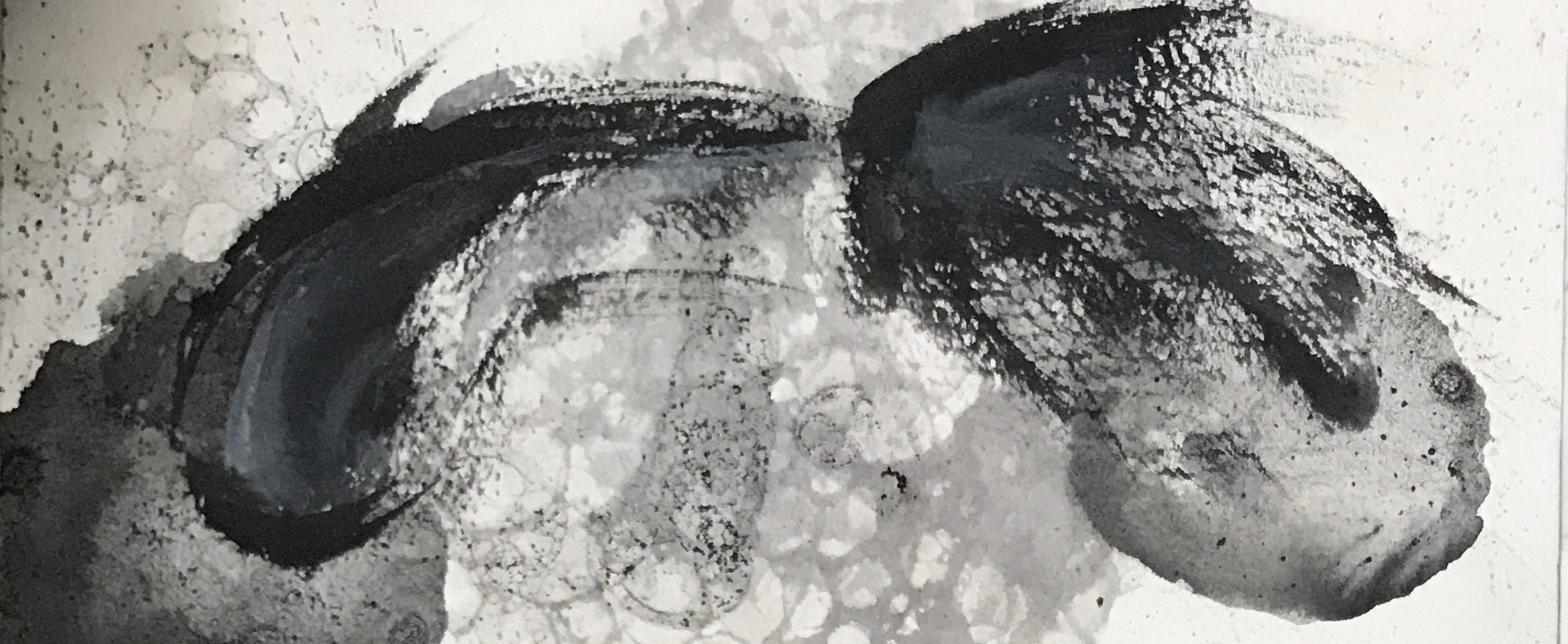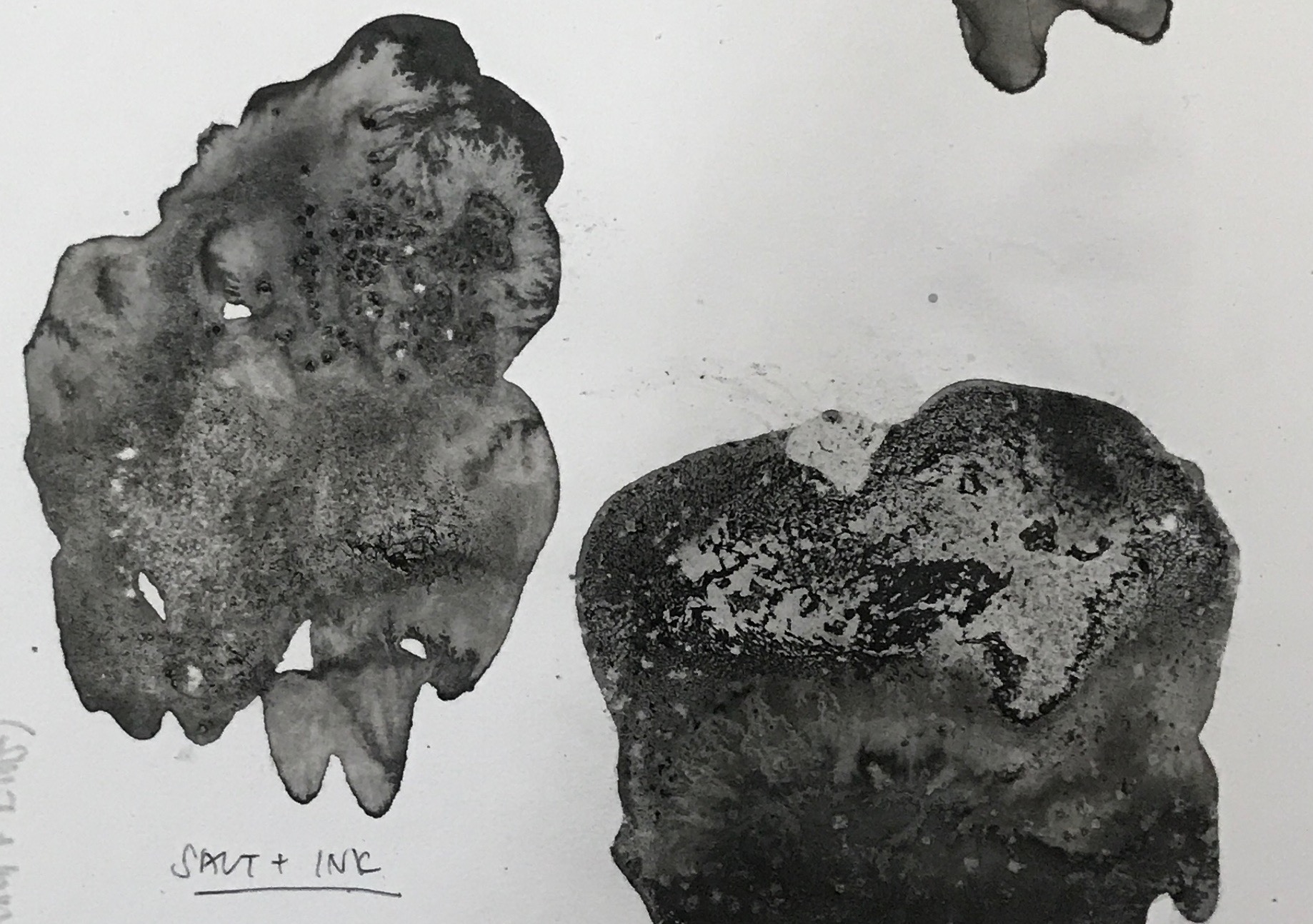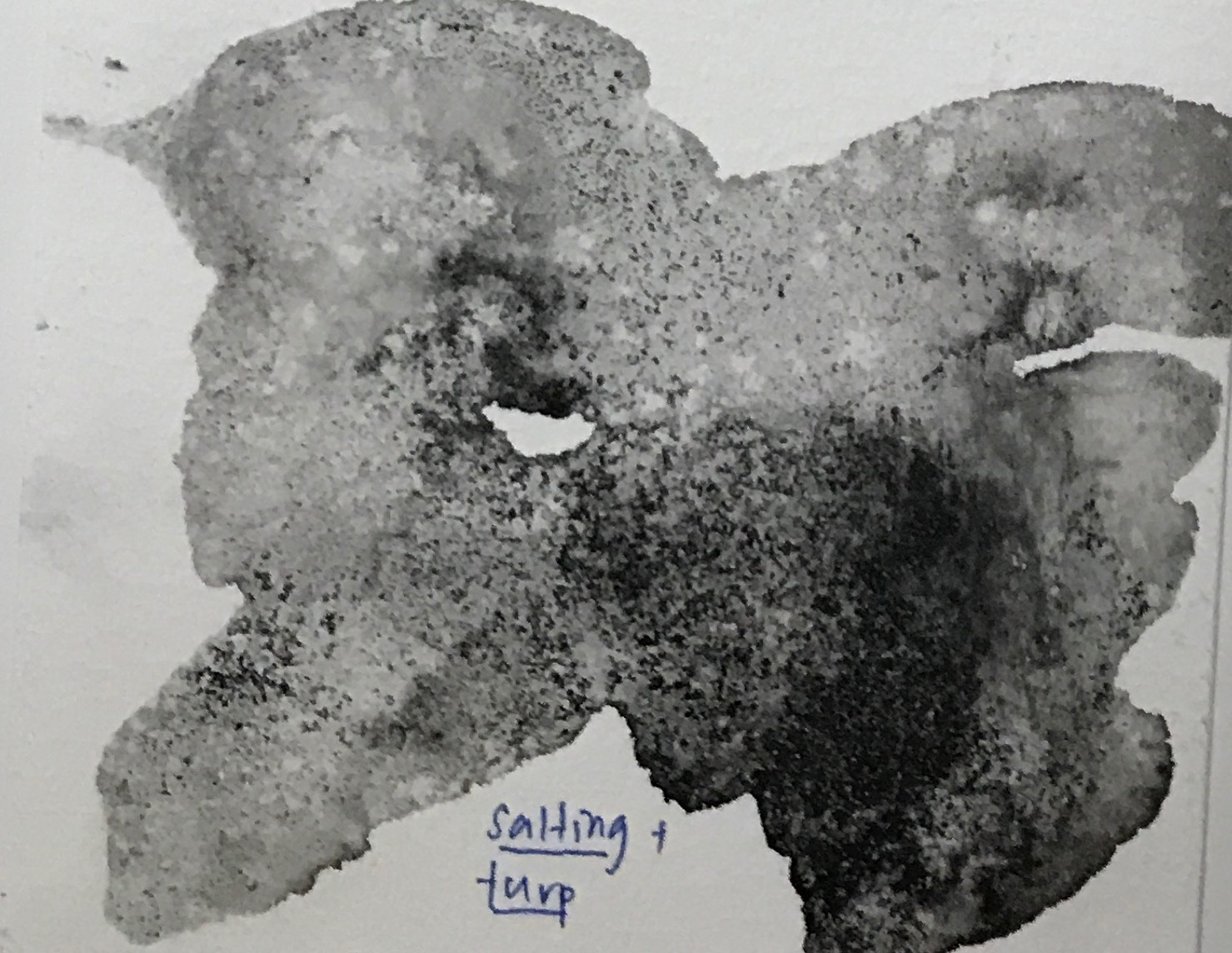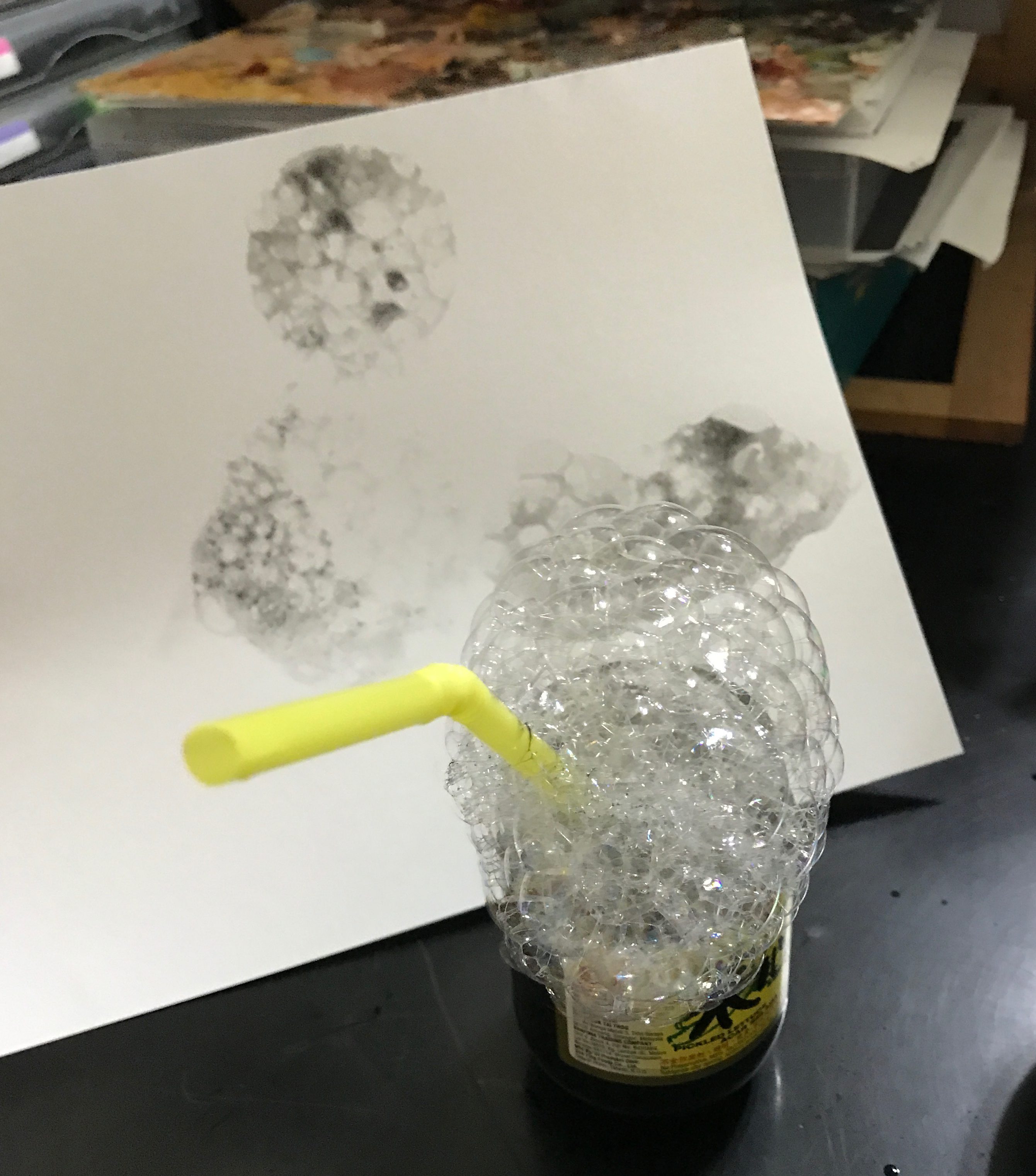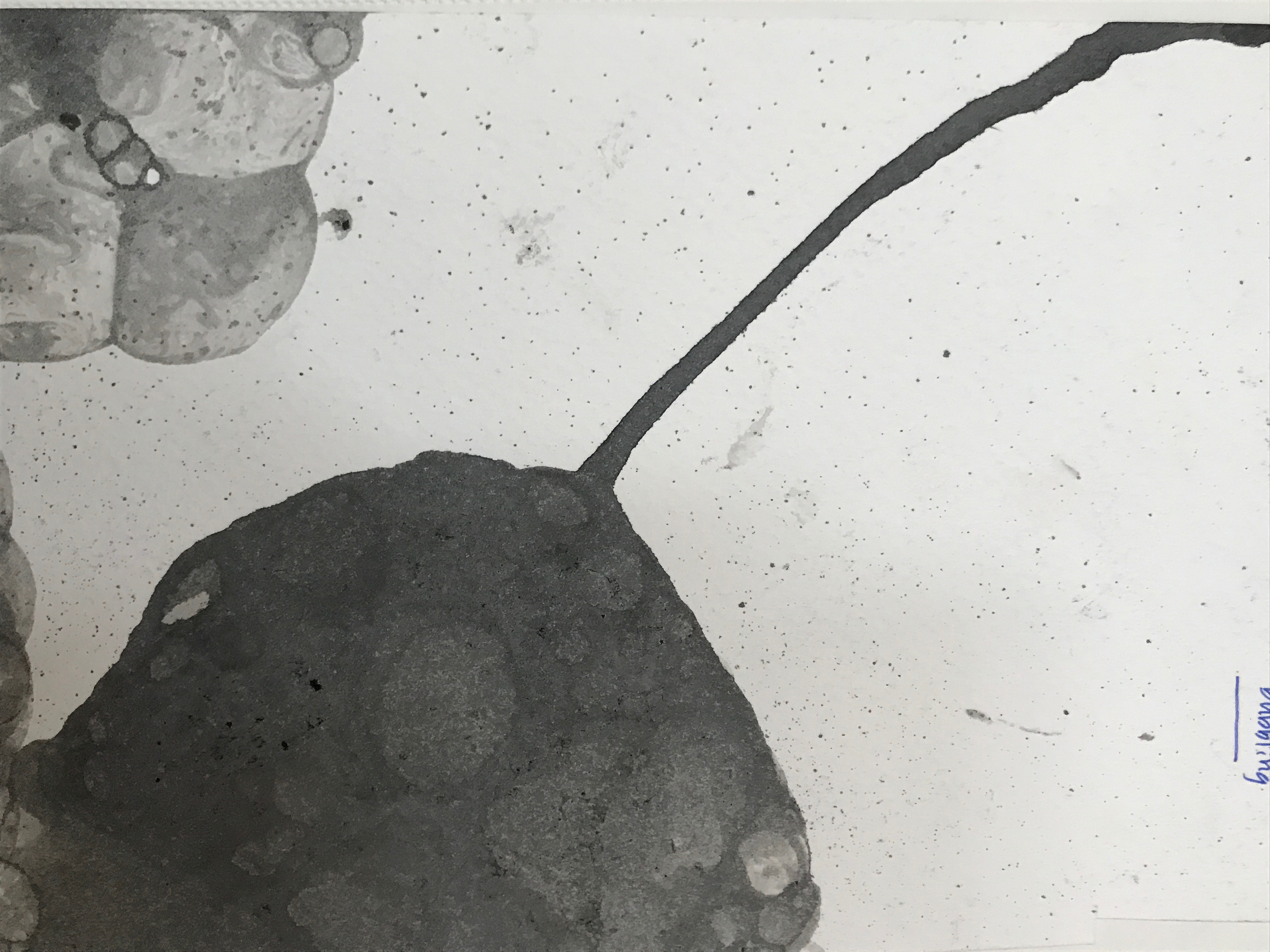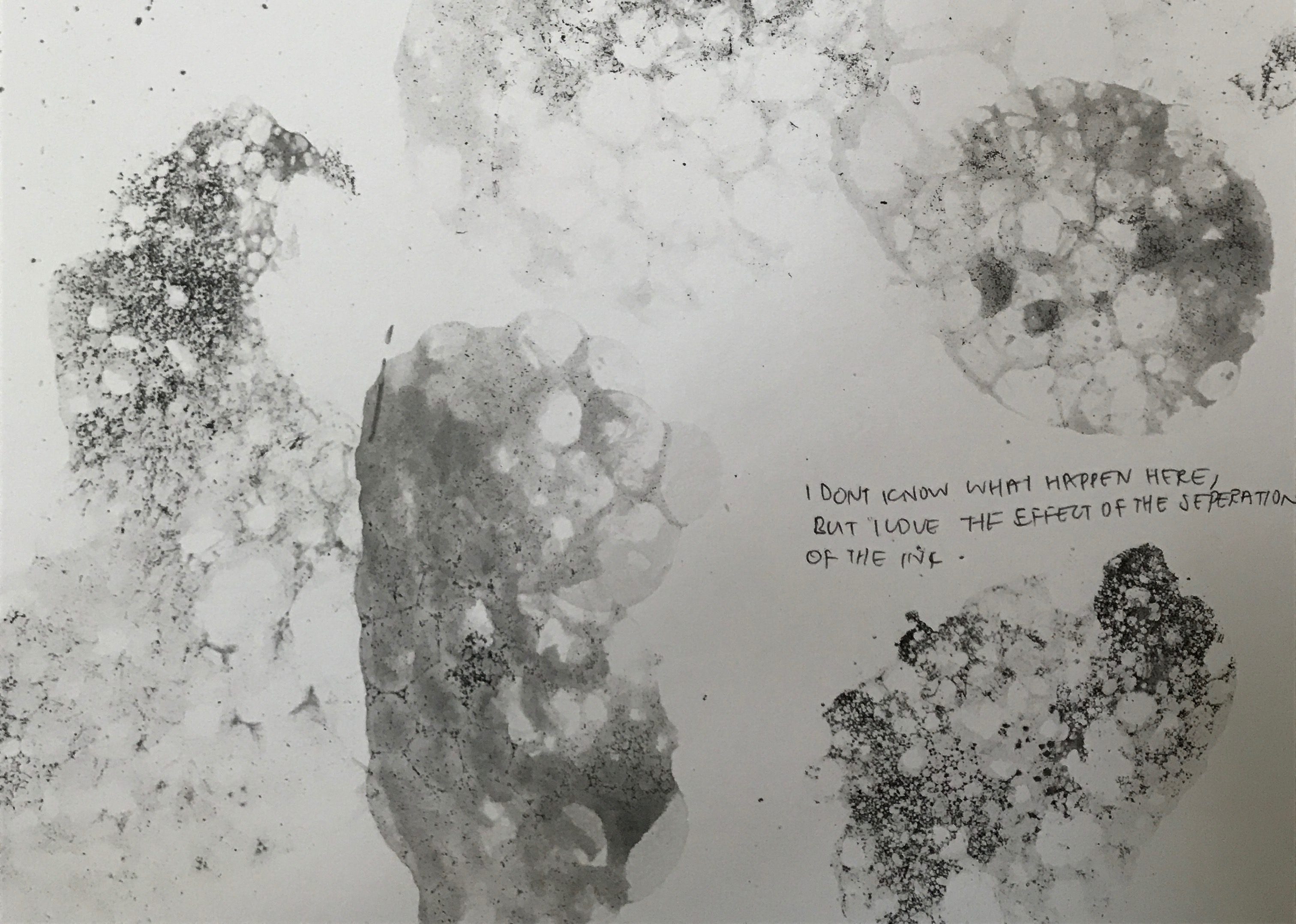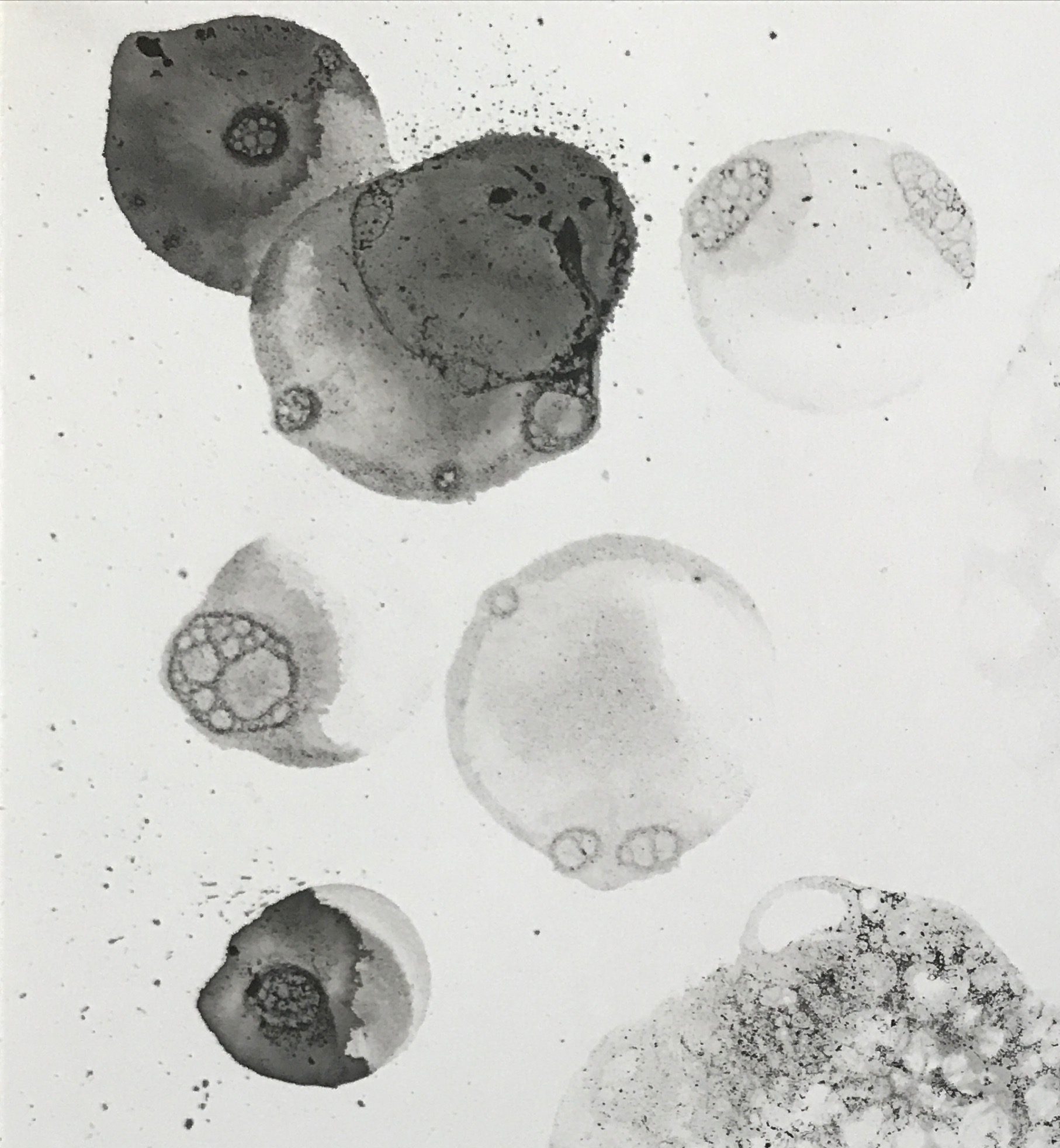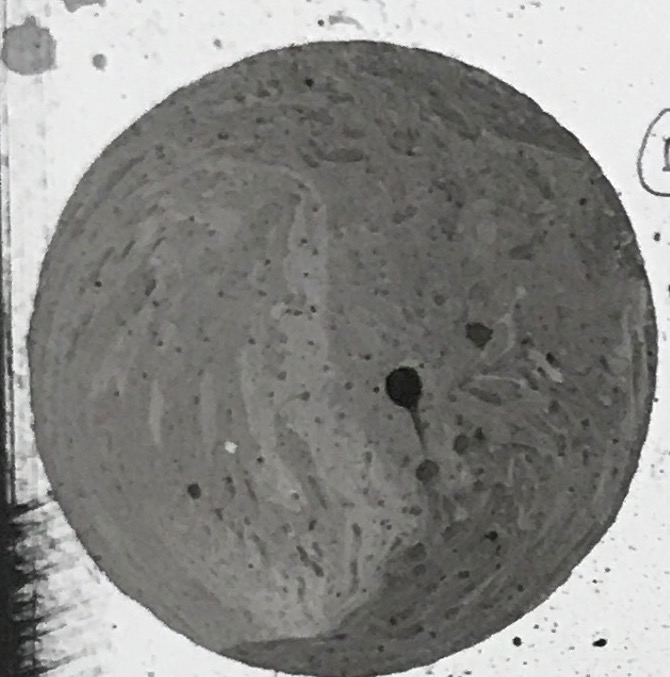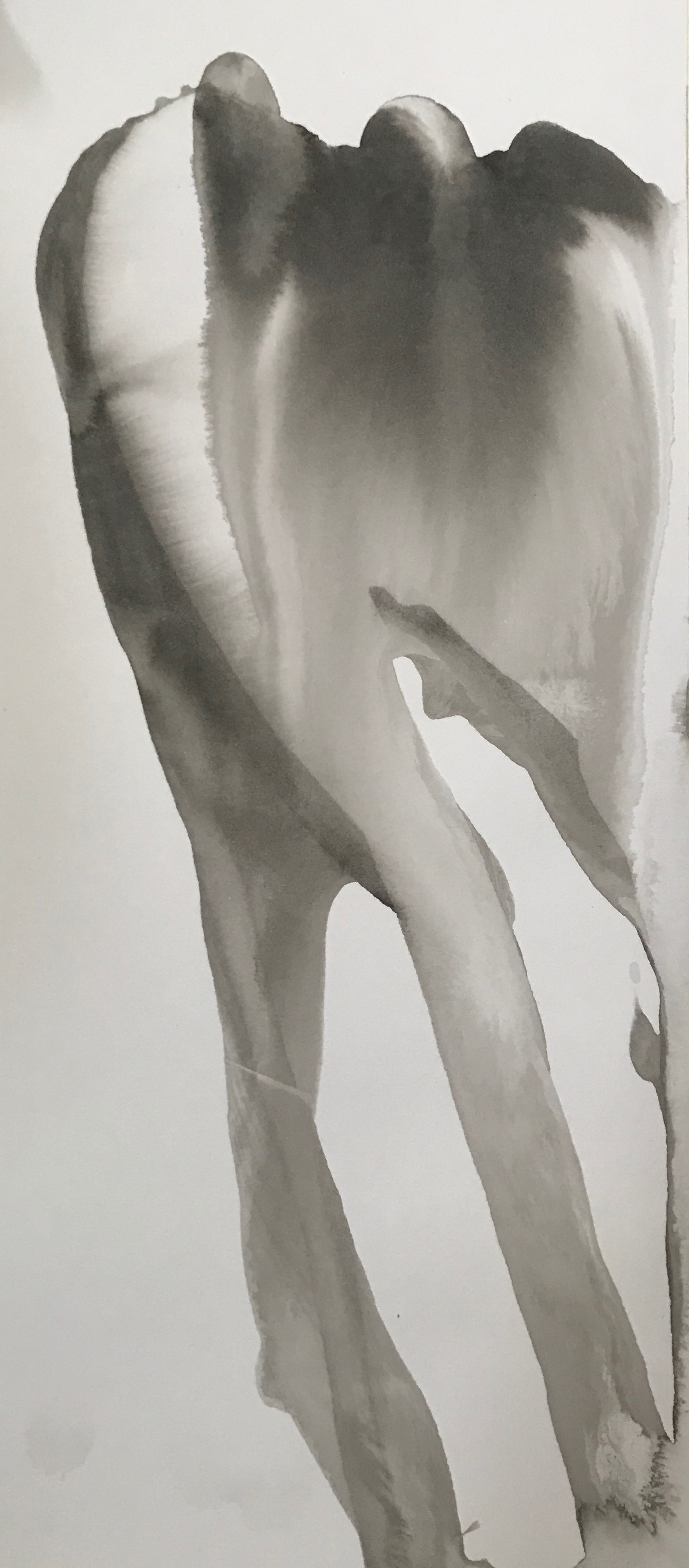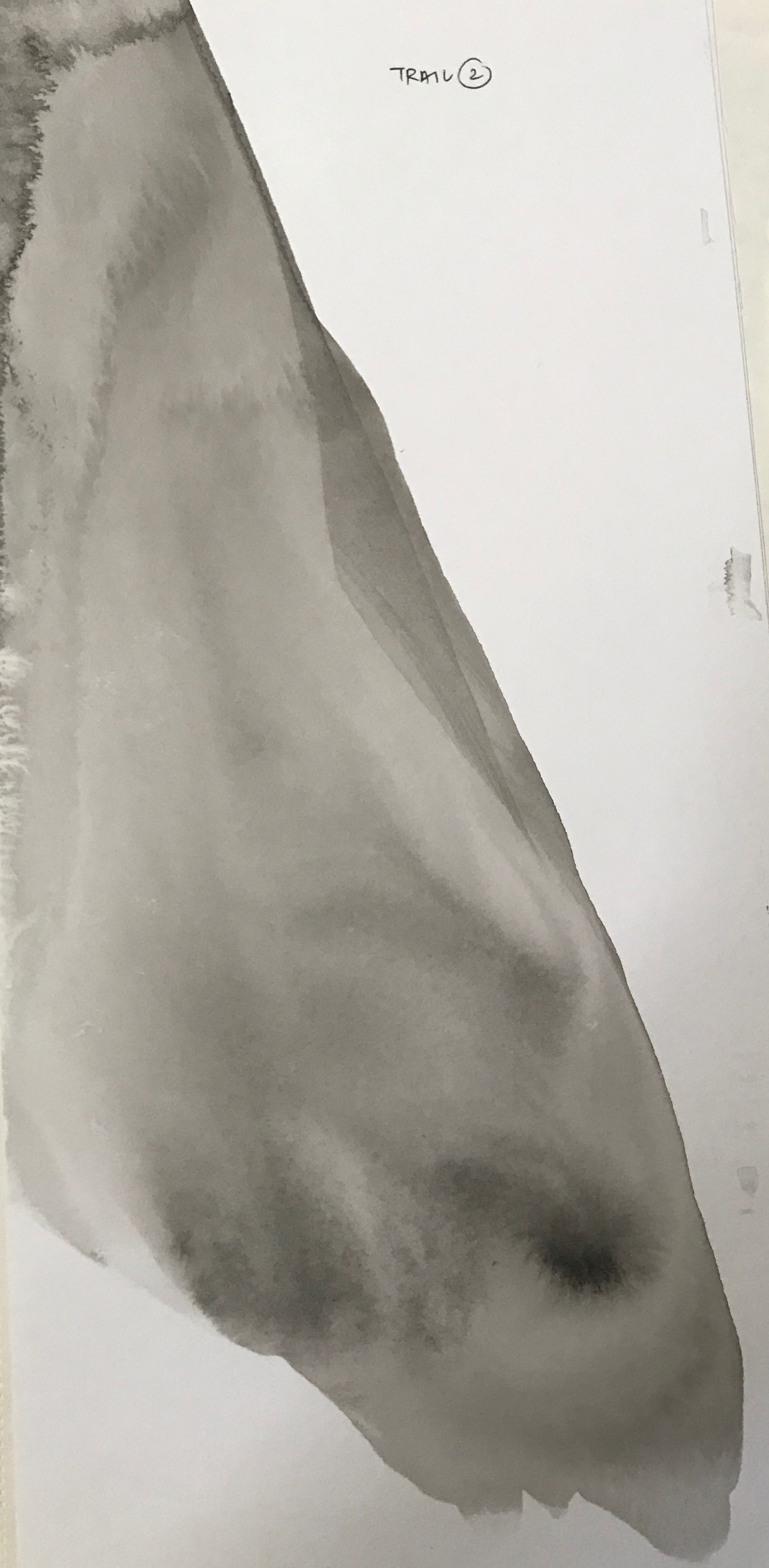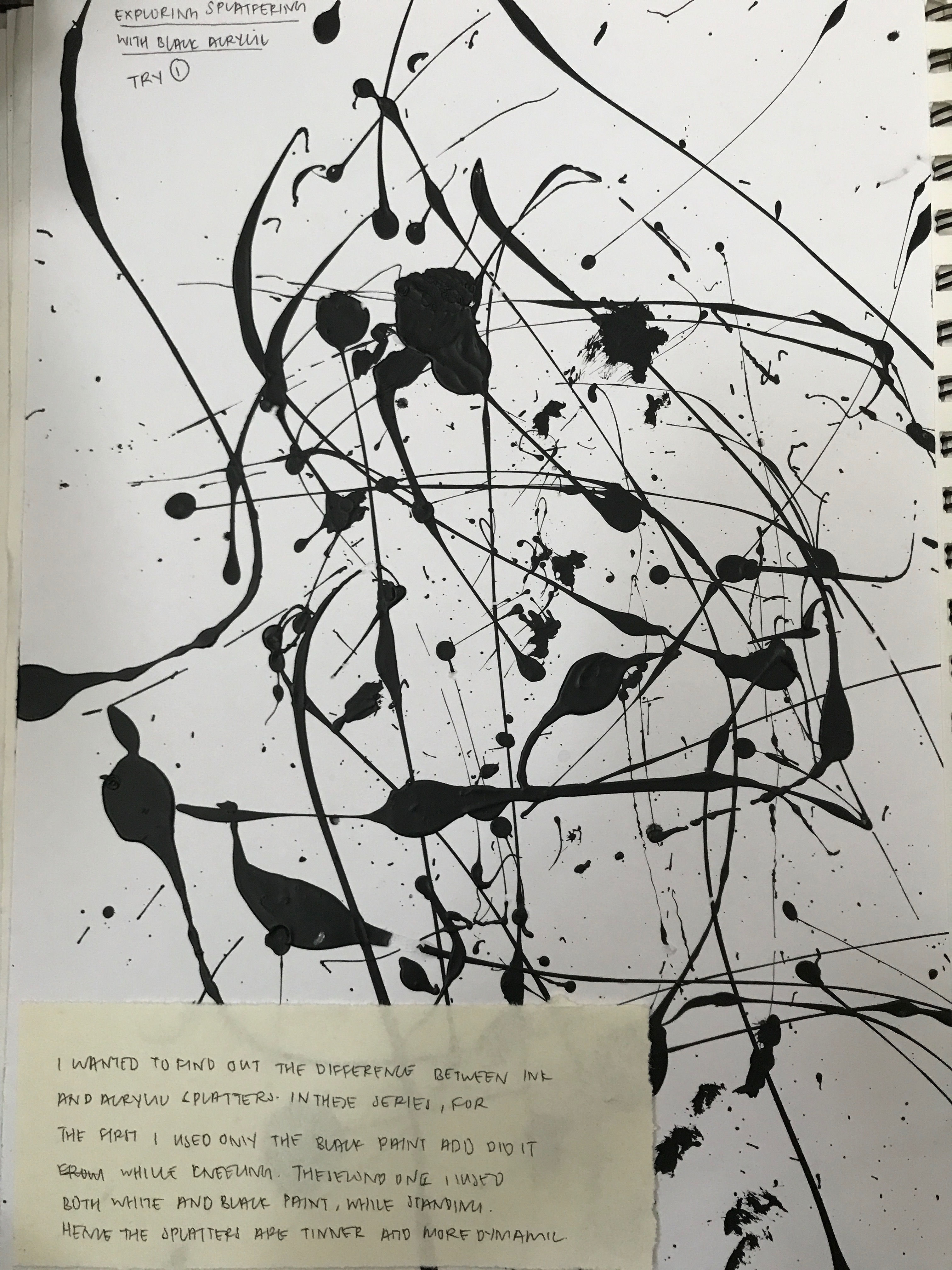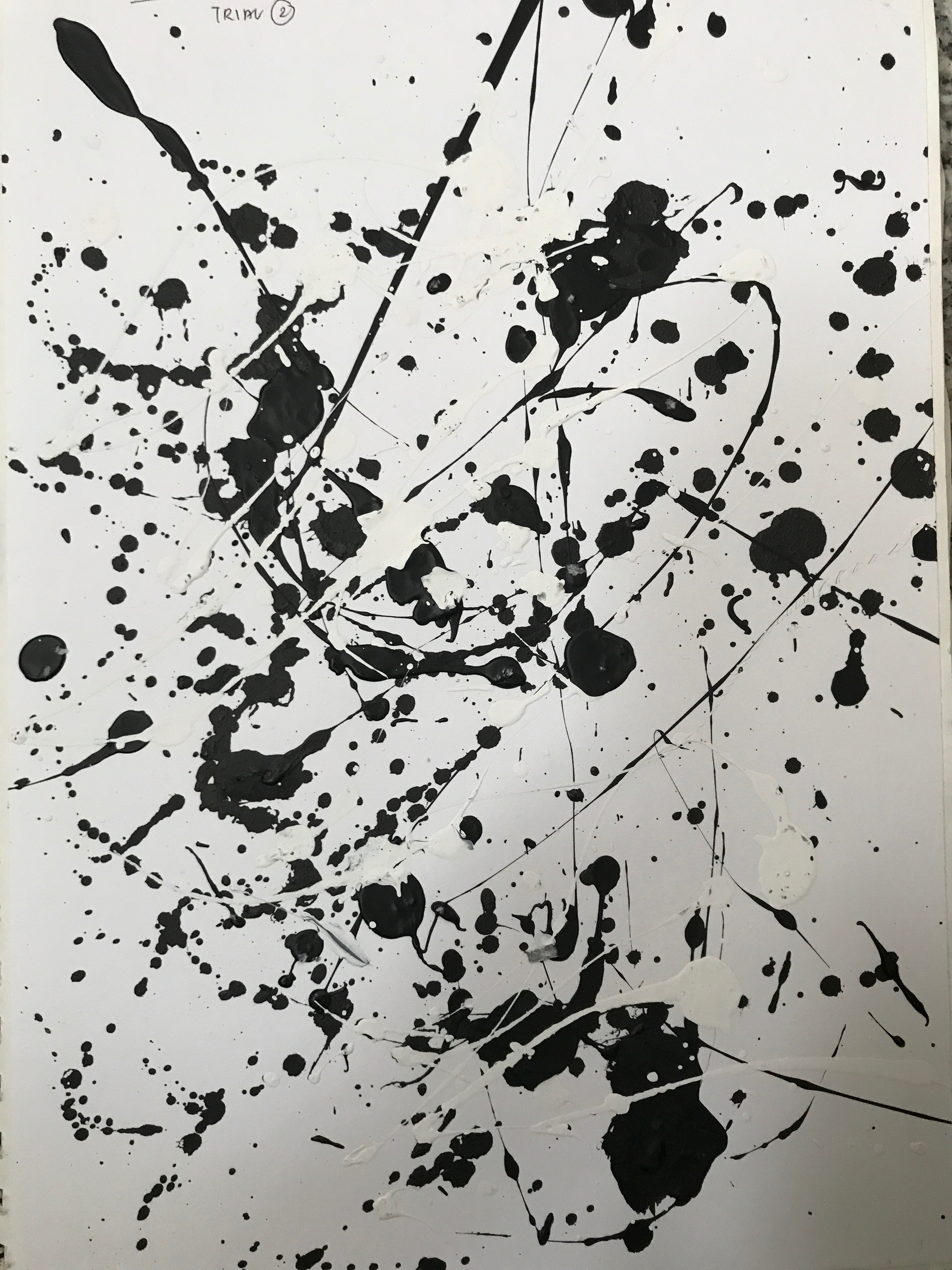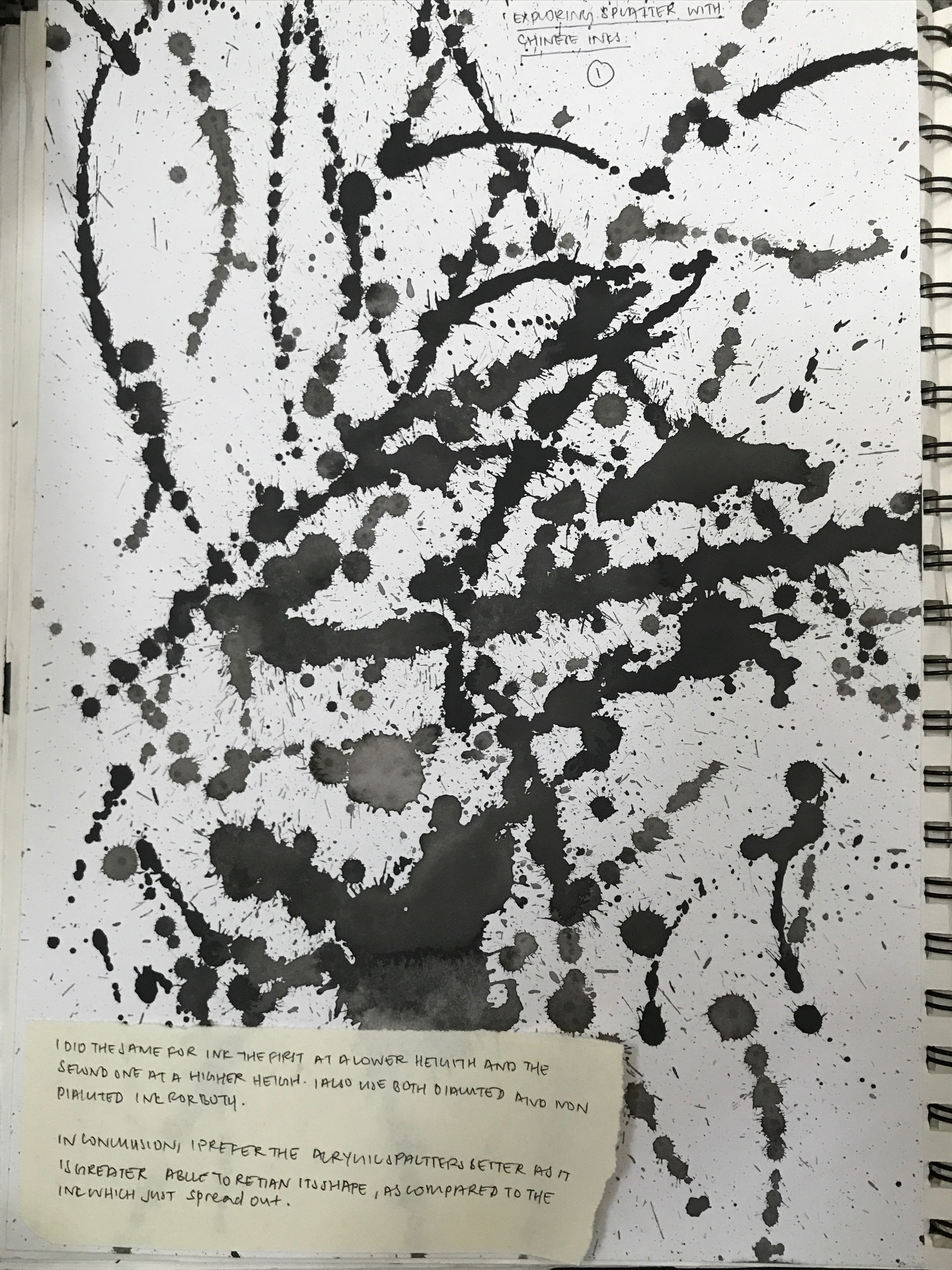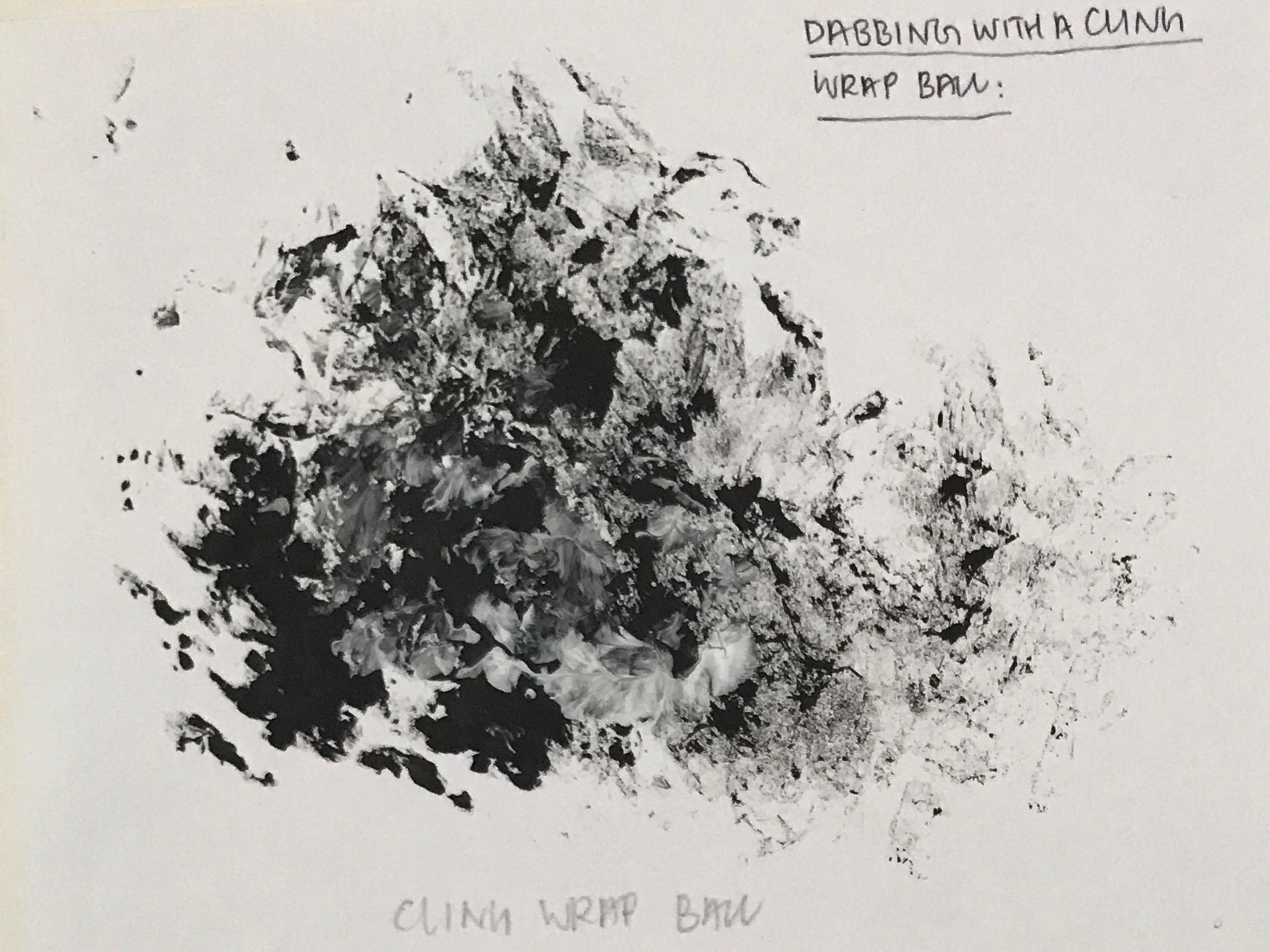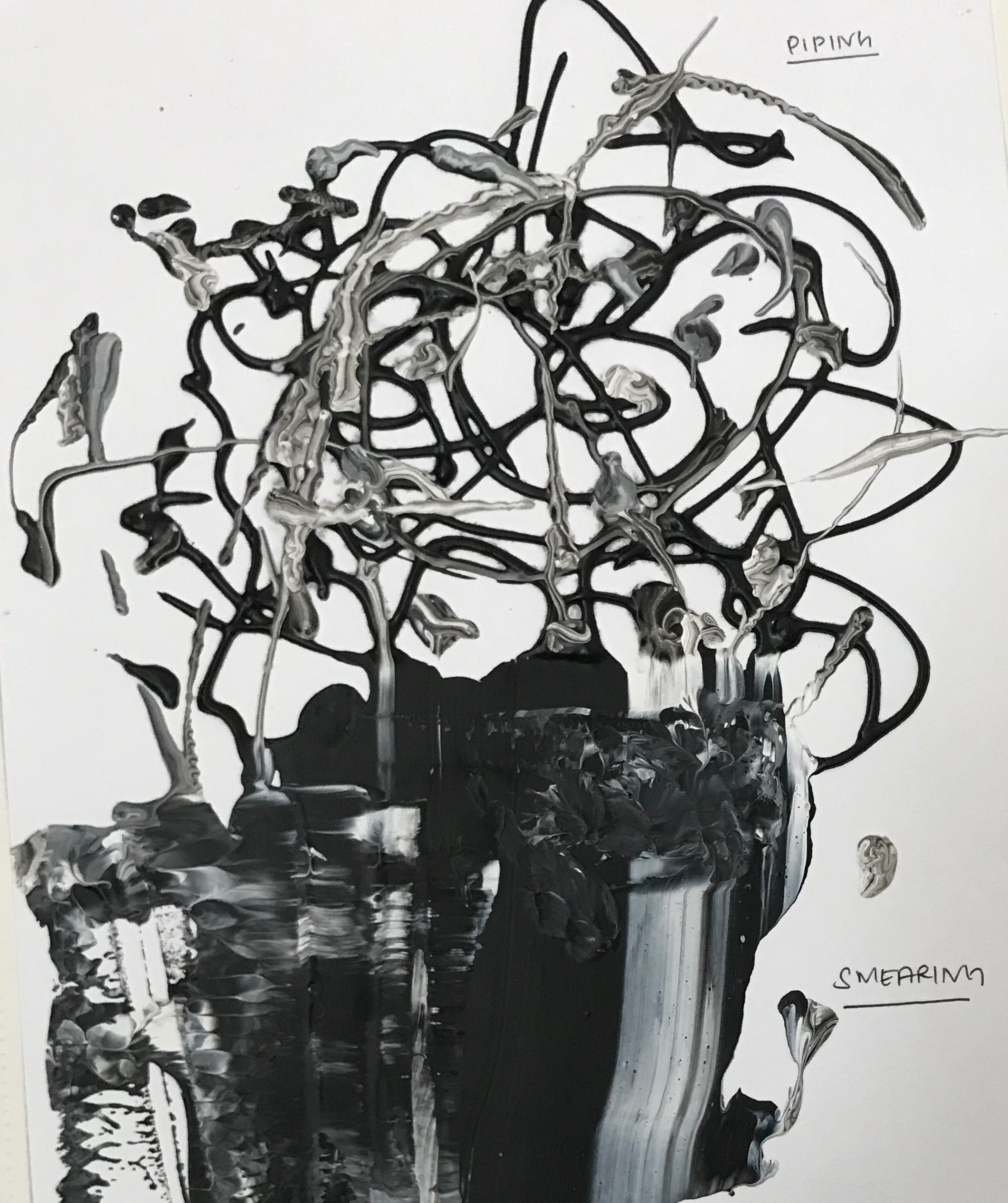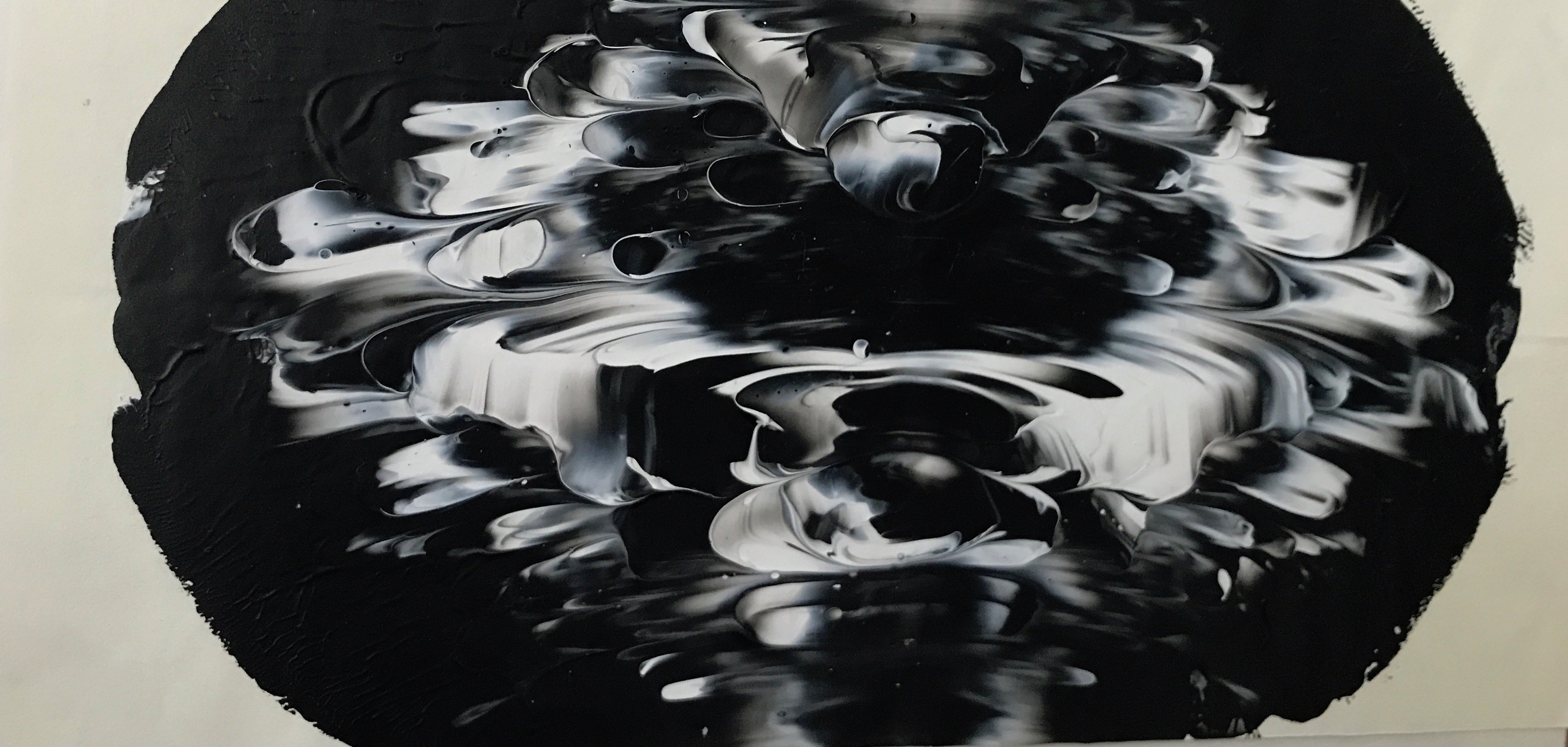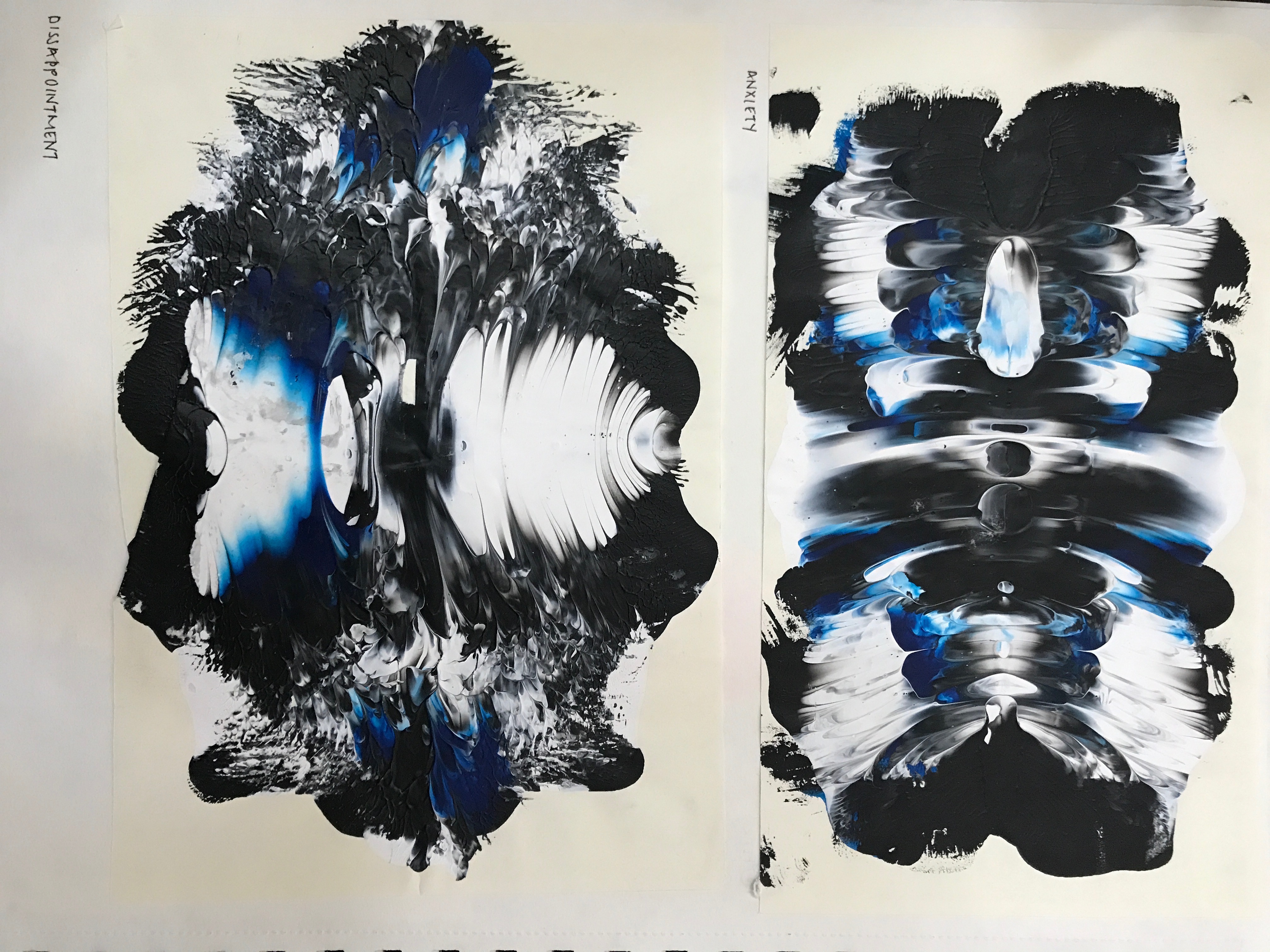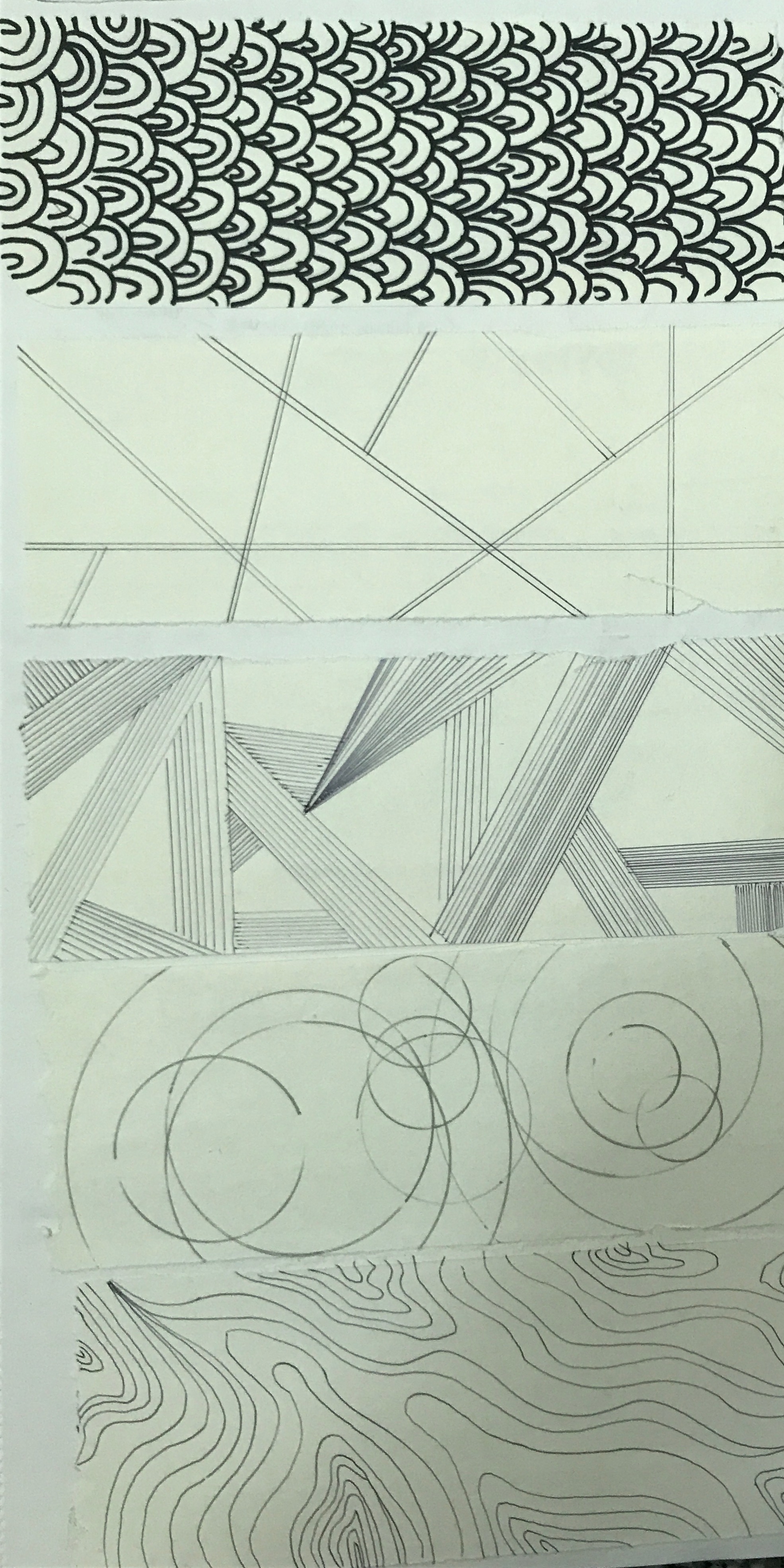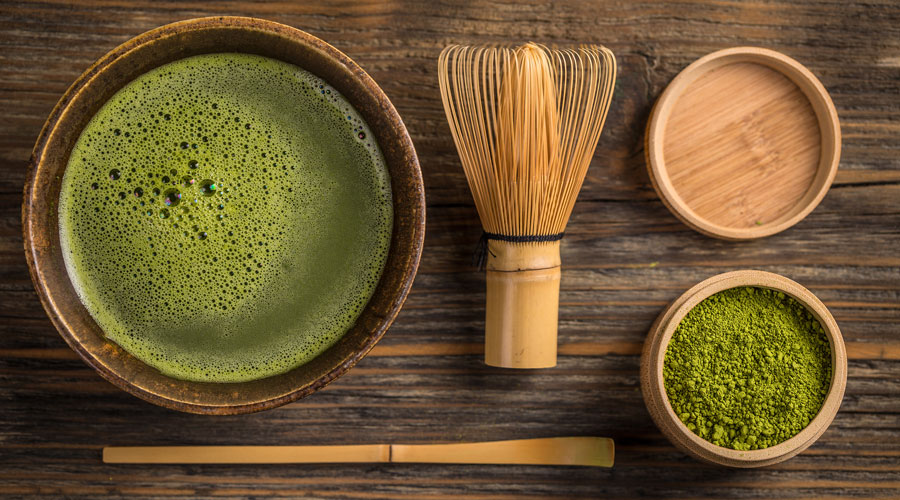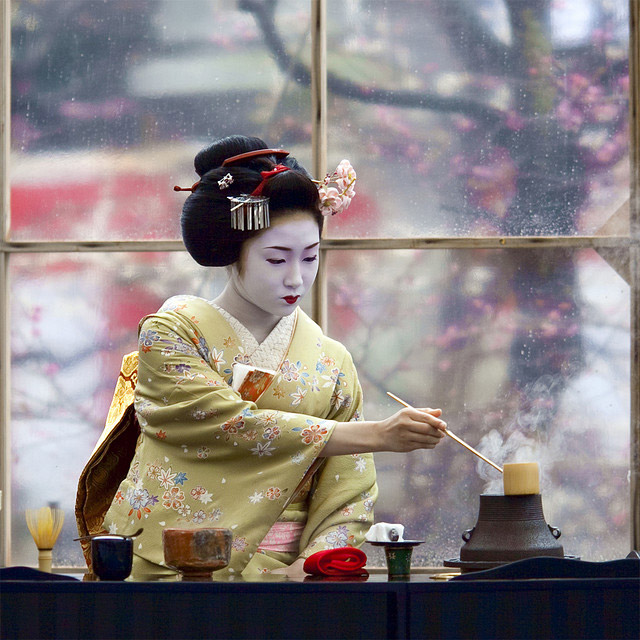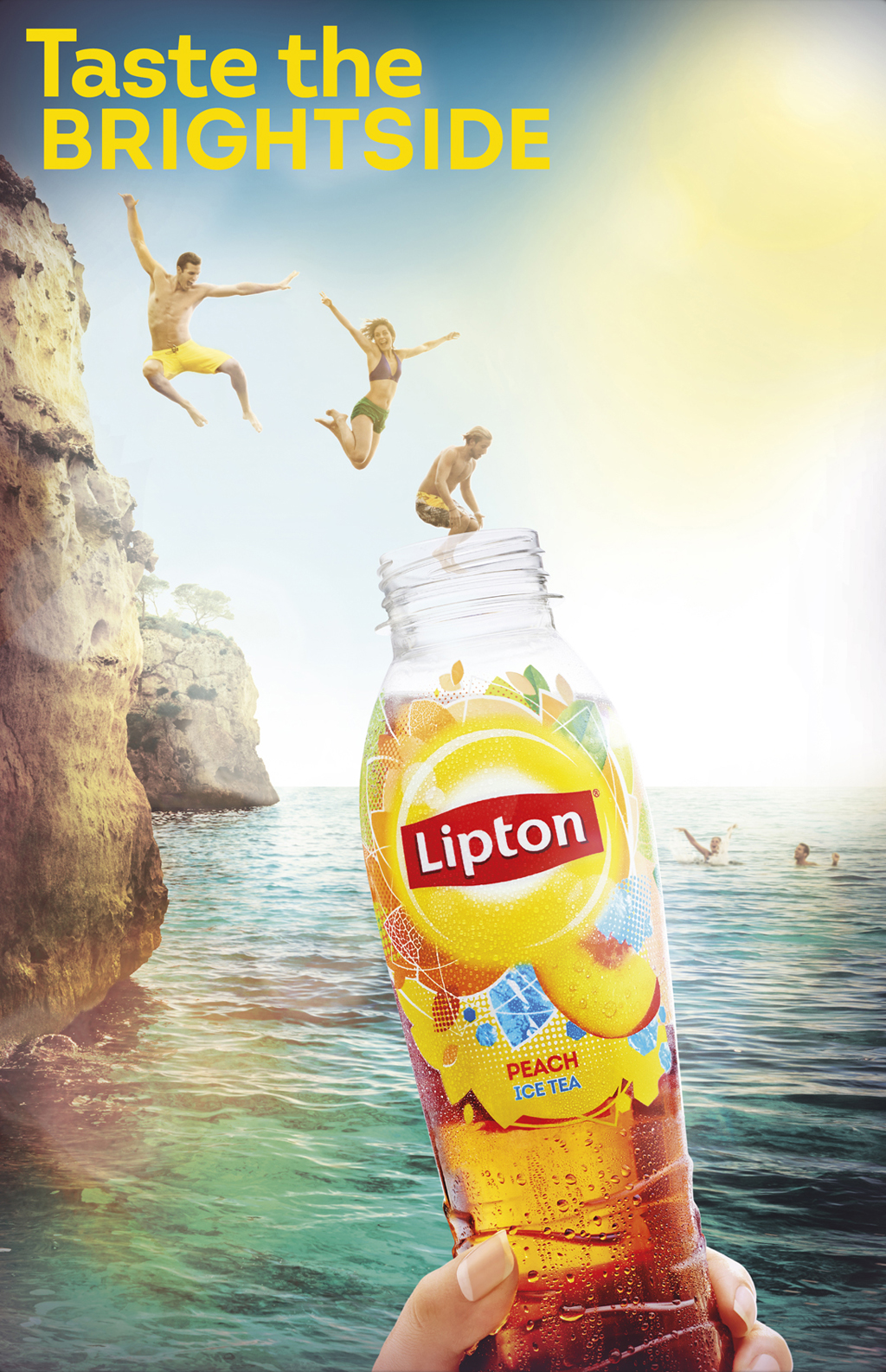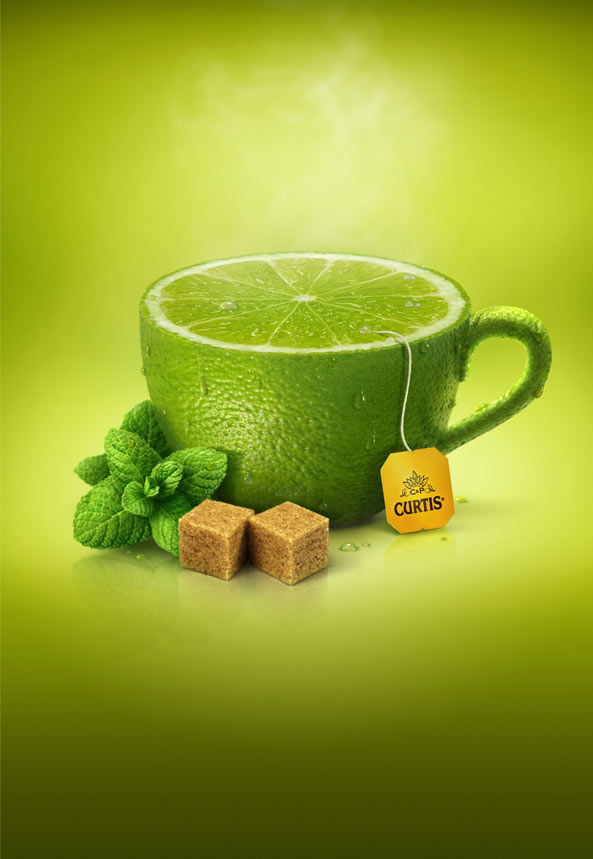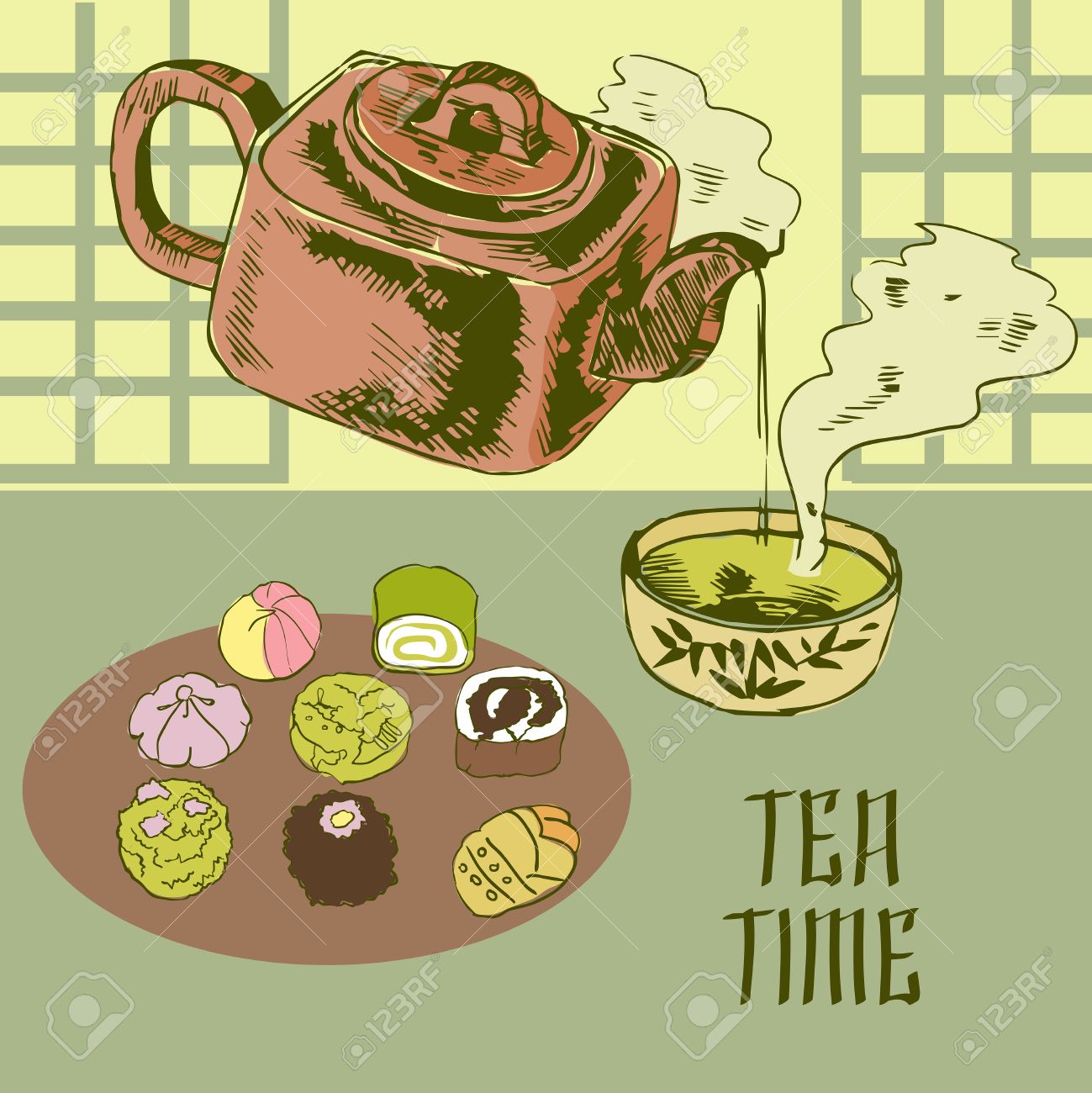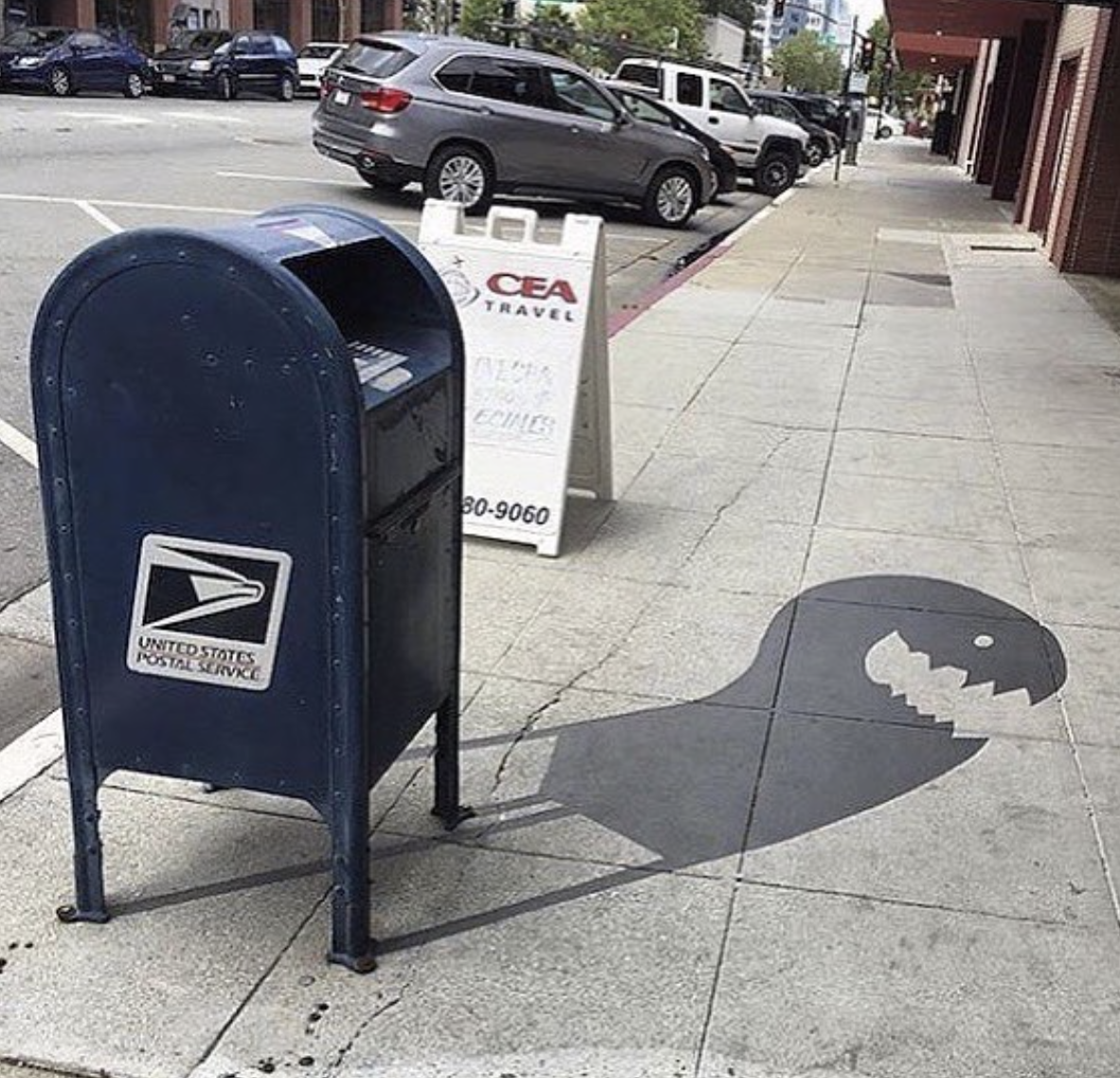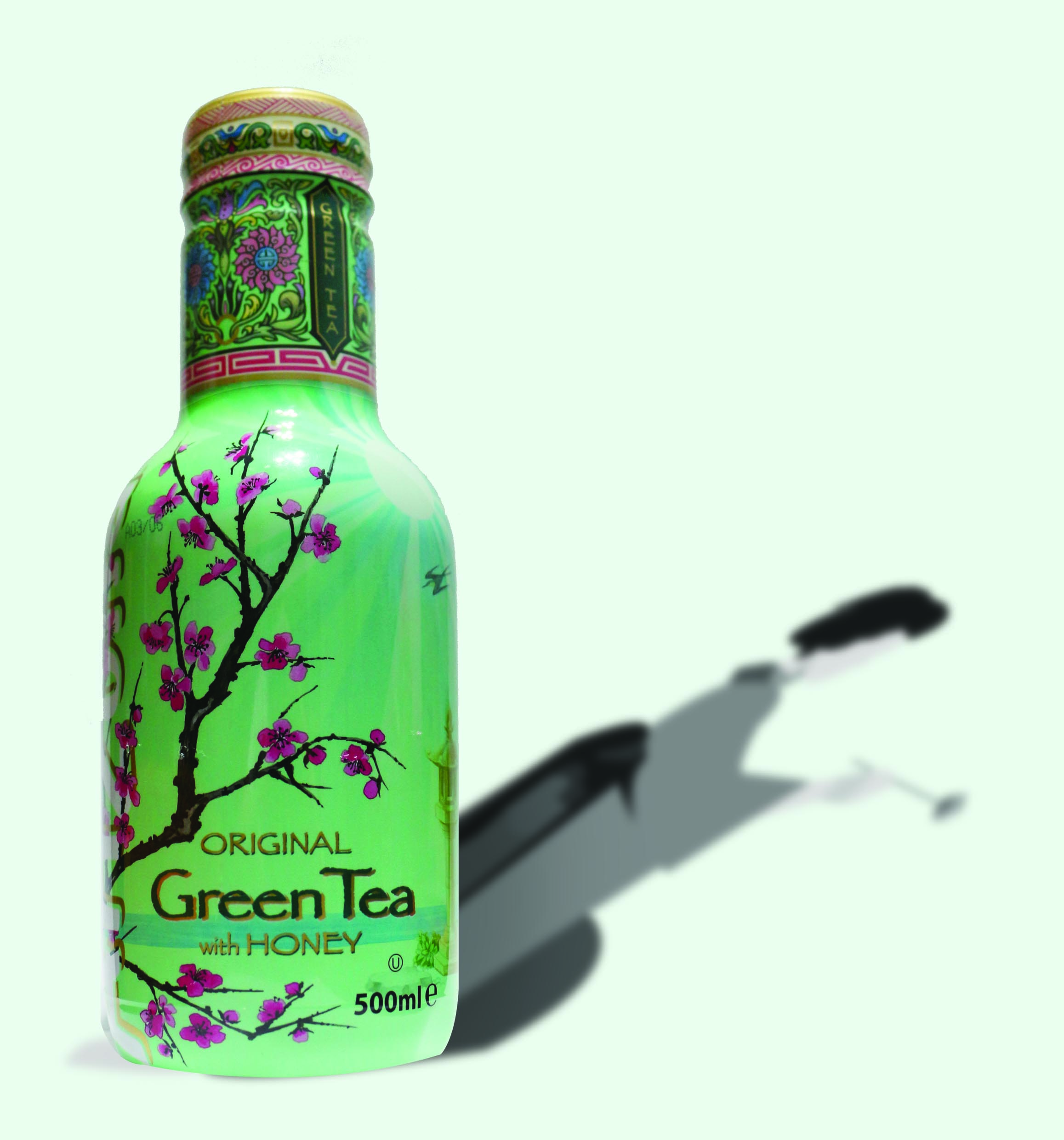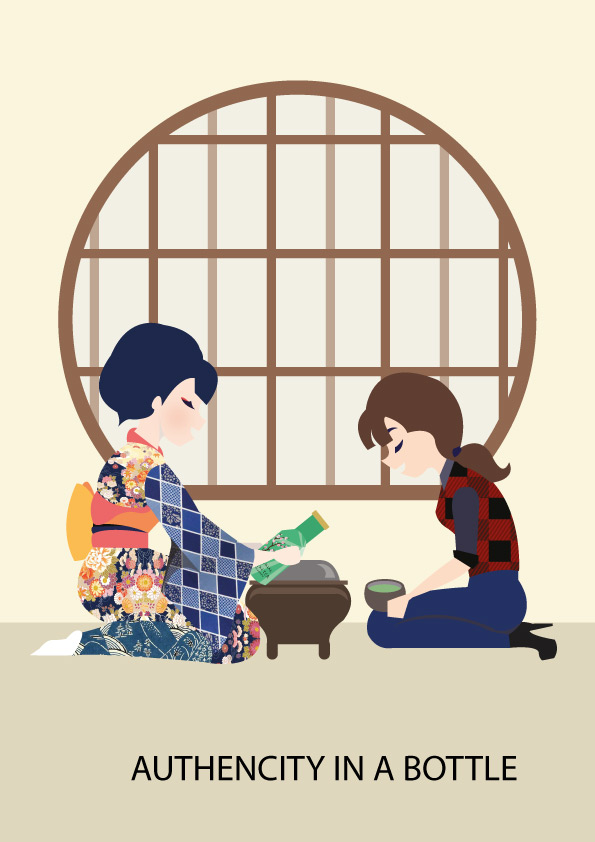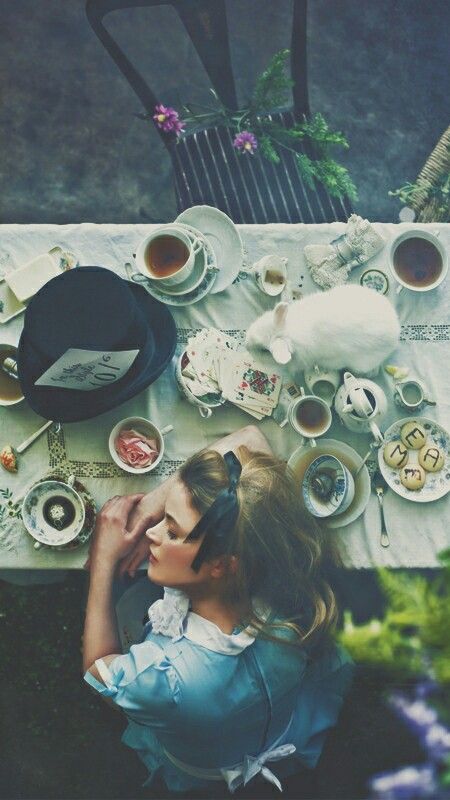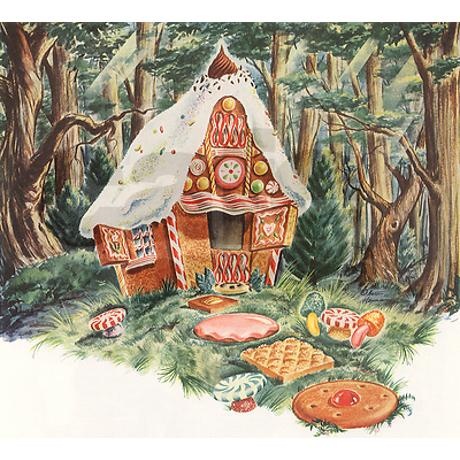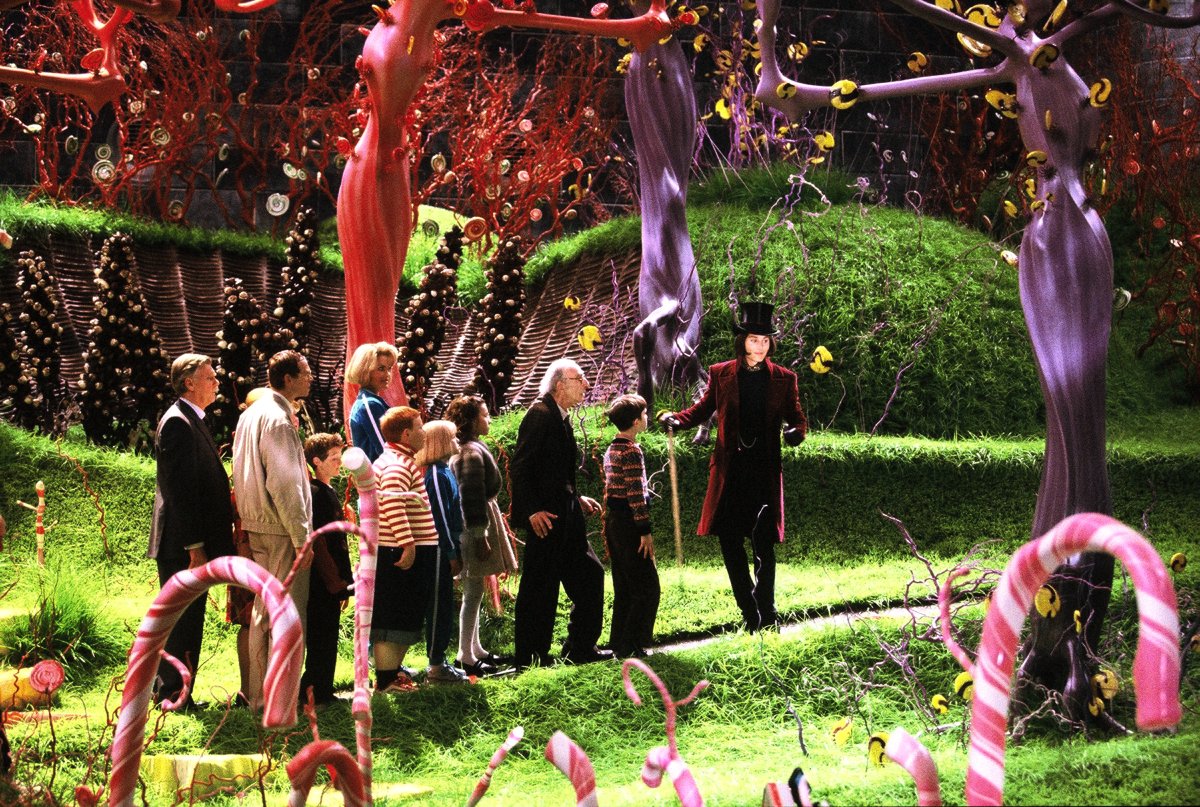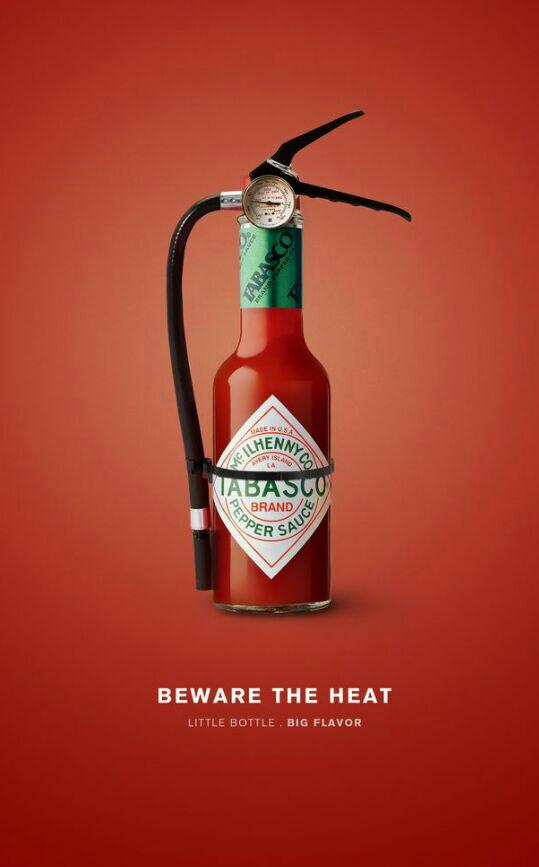JOY

I included a mindmap of what joy means to me above. But in a nutshell, I derive joy from being alone. I am an introvert, while I like spending time with others, after a while, I need to retreat to “recharge” myself in my dungeon (room). To some, they fear to be alone as it would result in loneliness. But for me, I find solace in the silence. I’m highly entertained by my own thoughts and imagination. Often, when I’m bored, I would be picturing myself as the main character if a story. To me, this is my greatest joy. This allows me to escape into a fictional world, away from all my stress and my problems.
The first subcategory emotion that I explored with is pride. To me, acknowledgment is what I constantly seek for. raised in an Asian family, compliments are hard to come by. Hence when someone compliments me, I take pride that my work is recognized. Pride is a very dangerous feeling for me. I may be blinded by my arrogance and pride, that I may fall very badly from my high horse.

I tried to express the idea of getting over the head and falling through bubbles as similarly, bubbles will float upwards before bursting. In addition, I like the how bubbles connote the idea of being obvious to the surrounding one’s actions as the bubble isolates the person from the surroundings.
The second subcategory that I wanted to express was the feeling of at peace. To depict the silence and the monotony of peace, I used the palette knife to create a rhythmic texture. The repeated tessellation, suggest boredom.


I chose to use white paint instead as the paint is more translucent and more reflective and allows a greater focus on the texture. I won’t be using this idea for the final piece. while it suggests monotonous activity and boredom, silence does not result in boredom for me. On the contrary, it’s vibrant and interesting for me.
In the next piece, I tried to express my mental state: at peace away from all the stress and worries by using the ink + water flowing technique.
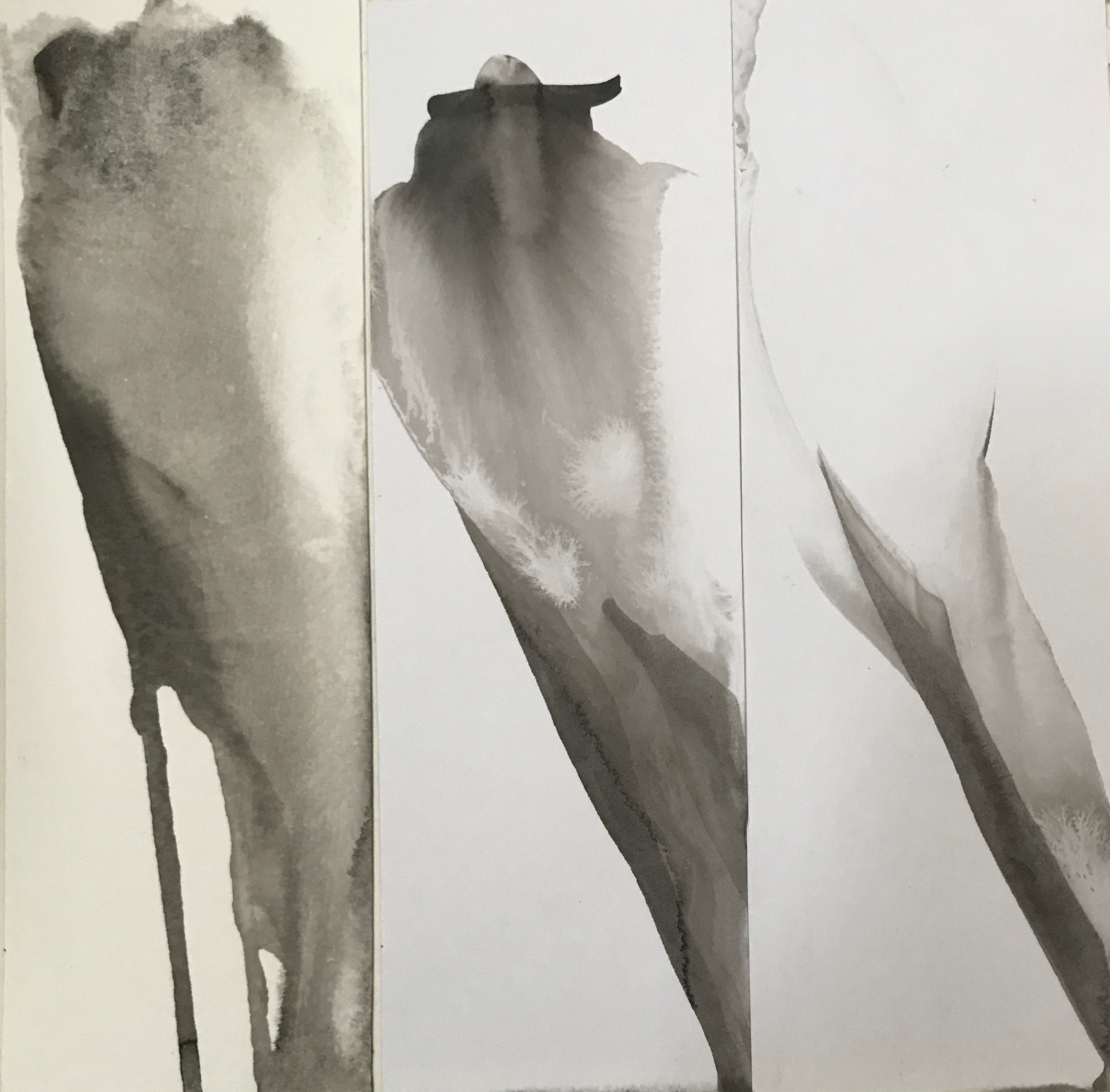
Among the three, I like the last one the most. I was tempted to recreate this for my final but there were 2 problems I faced. Firstly, I realized that my classmate is using part of this technique in their works.Secondly, this work has to be seen vertically instead of horizontally as stated in the project brief.
The last piece I explored and express the fantasy “world” inside my mind when I’m daydreaming. For this piece, I chose to use pens and markers instead of using acrylic or ink. This gives me a greater control over the medium, allowing me to add more details and into the work. I feel that this goes very well with my concept as my “world” is very complexed and confusing.

I tried to create what I call a portal of dimensions into my fantasy world. I made use of different motif to create patterns that do not have to be seen from a specific direction. This is inspired by null gravity, where directions do not exist. This makes the work more interesting and dynamic, similar to my ” inner world”. I will be developing this piece for my final, by incorporating principles of designs.
FEAR

For me, I experienced a breakdown during my J2 in Nanyang Junior Colledge. I took art as one of my subject for the A-levels. This took up most of my time in school, as I often had to stay back until 10 pm to work on my artwork. This resulted in me neglecting my academic studies. I was the bottom three percentile of my cohort in J1, and J2. in J1 I purposely skipped an exam to force the school to project my chemistry test score, so I could promote to J2. So I had many teachers haunting me for consultation and whatnot. Furthermore, I didn’t get along very well with my classmates. This made me feel very suffocated and isolated in my JC. For the feeling of fear, I will focus on the different aspects of anxiety I felt during my A-level period.
The first anxiety that I will be exploring is my fear of being around my classmates. I didn’t fit very well with my class, as I had a vastly different timetable from them. I would avoid the crowded area in my school, where there was a high possibility of chancing upon my classmates.
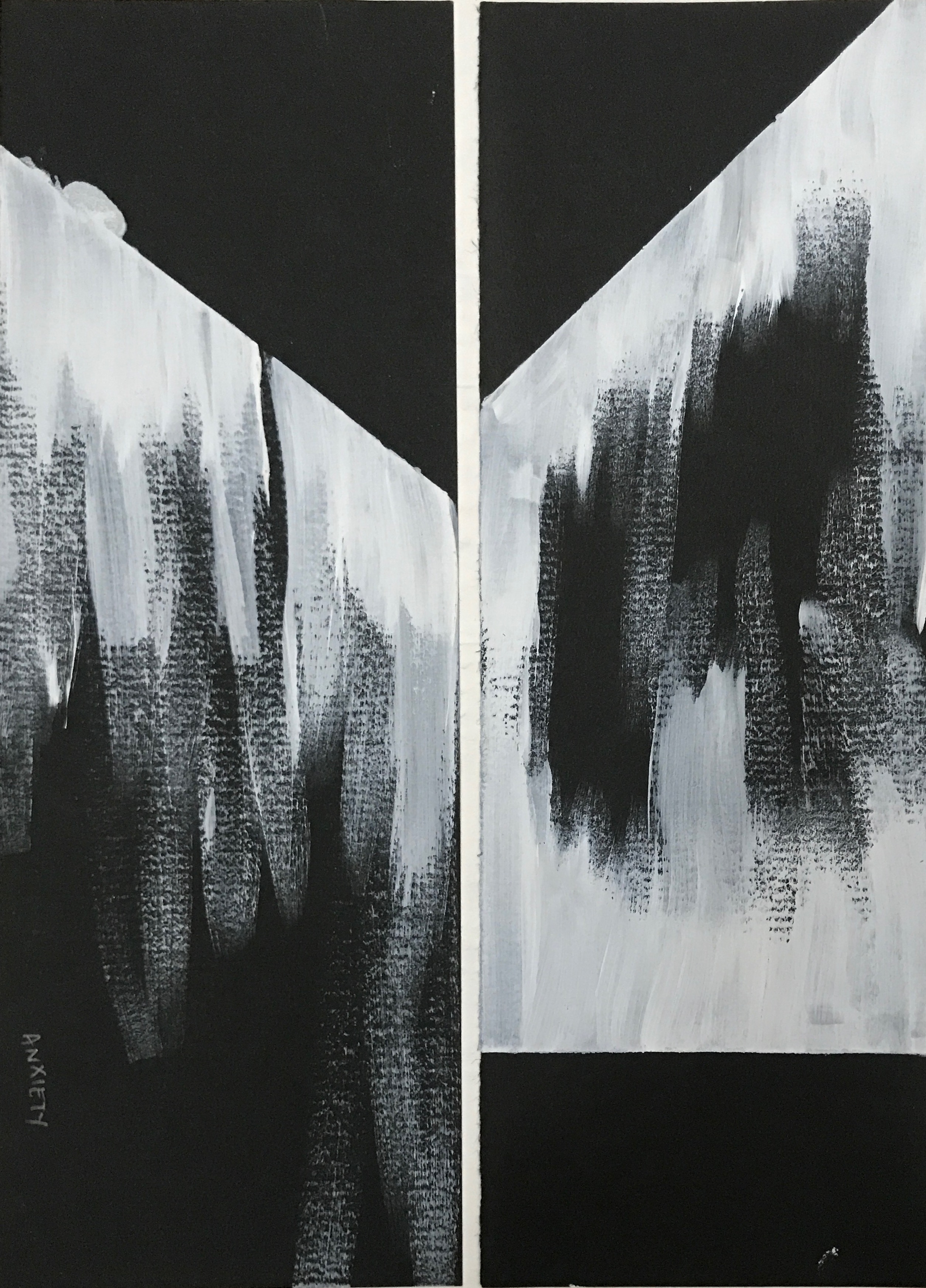
For this piece, I tried to highlight how anxiety looms over you. I also tried to depict the feeling of closing in, trapping and suffocating me.

I did another variation of the feeling of being trapped by using the technique of stippling. to me, each dot represents a human. Think of it as a very crowd from the top view. The empty circle in the middle represents me while I am being trapped by countless of people.
In the third piece, I explored by mental state. My mind was in a whirlwind, then. I had the tendency to overthink. I will think of all the possible ( and highly impossible) scenarios and go over them in my mind, mentally preparing myself for the worse. This worsens my anxiety which causes me to think even more, which results in a never-ending spiral. This causes my mind to be in a jumble, where I’m in an utter state of confusion.

For this piece, I was inspired by the topographical maps. the fluid multilayer contours disorientate you, thus suggesting the emotion of confusion. But the main reason why I chose to use the contours is that, despite being a geography student, I can’t read a map to save my life. Reading maps just gives me a huge headache and a whole lot of confusion.
In the last piece, I decided to express all three realms at the same time: my mental, physical and emotional state. I decided to use collage for this work. By cutting up and reorganizing the pieces, it breaks up the formal cohesion, bringing about more chaos in the work.

The scribbles of my pen represent my emotional state, where my mind is in a jumble. the dark harsh strokes done in black acrylic paint represents my mental state, where anxiety has hijack and taken over my body, rendering me useless. Finally, the hazy black part done by dabbing paint represents my physical state, where everything is in a haze, where I cannot think properly. I will be developing this concept to a greater extent while bearing in mind the empty spaces that I’m leaving behind. I will also be trying out tracing paper to bring across the idea that anxiety is a complex multi-layered emotion.
SADNESS
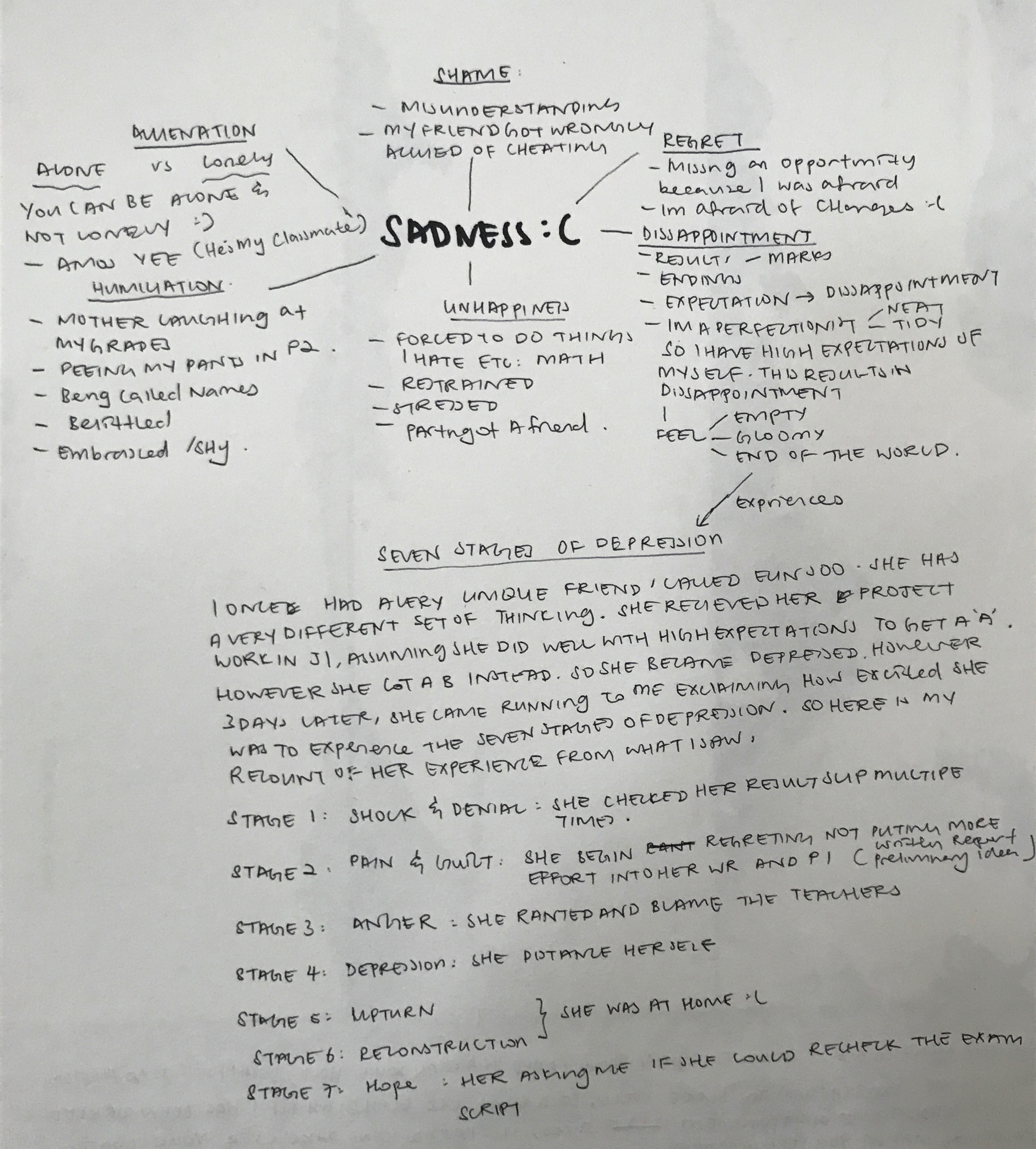
For me, what I fear the most is change. I met by one of my closet friends, seven years ago at tuition, where we bonded over cookies. ( I was ten years old) We then coincidentally went to the same secondary school and were classmates for 4 years. She has been a constant, a given in my life. However, on the 21 of September, she will be heading over to Goldsmith London to further her studies. To me, sadness hits the hardest when you take things for granted. For this emotion, I will be focusing on the subcategory of sadness in parting.

For the first piece, i tried to express the grief spreading through one’s body, after having a close one part from you. First, I wet the entire paper before dripping ink onto the paper. the ink than diffuses out staining the paper black. This gives a very gloomy and empty feeling. However, I will not be using this technique for the final as it is too common.

The second technique that I used to explore this concept is bubbling. There is a Chinese there is a saying where you disappear into bubbles, leaving no trace behind. I wanted to capture that essence. in addition, bubbles do not last forever as they burst easily.

The last technique that I used is salting. I like the concept of salting. As you have been with someone for a very long time, they own a tiny part of you. By leaving it feels empty. Similarly salt absorbs the water taking part of the ink away. Furthur, salt is a by-product of tears, which is commonly shed during partings. From all three techniques, I prefer salting the most as it gave the most interesting texture. I will be developing this technique on a larger scale while playing with the shape and the concentration of salt that I add.
